In our ever increasingly visual world, we interact with huge numbers of images online and on social media. How can you use images to help your content stand out?
Choosing your images
Climate Visuals Principles
The Climate Visuals evidence base and guidance is a good starting point when thinking about what images to use, be it on social media or in other contexts. You should be looking to show real people, avoid visual cliches by telling new stories, and as always, understand your audience.
View the rest of the Climate Visuals principles and our other evidence based guidance here.
Thinking about your audience
It is vital to consider your audience when choosing and using photographs. Who are you trying to reach and engage?
When thinking about images for social media make sure to also consider how your target audience will interact with an image, in what context they will see it, and on what specific platforms.
Think about how they will displayed
When looking for potential images to use, you should also consider how your image will be shown to your audience.
For example, will lots of your audience view the image on a mobile device rather than a computer screen? If so, your image needs to be effective at a much smaller size, communicating all the essential information in a small space. You will also need an image that works in a portrait crop.
Different social media platforms require different aspect ratios (shapes) of images. With some images it is possible to crop images to a variety of shapes within the original frame and still convey all of the information. For example, in the below image you can see how each different crop, whilst changing the content of the image, is still impactful and effective at communicating the scene to the viewer.
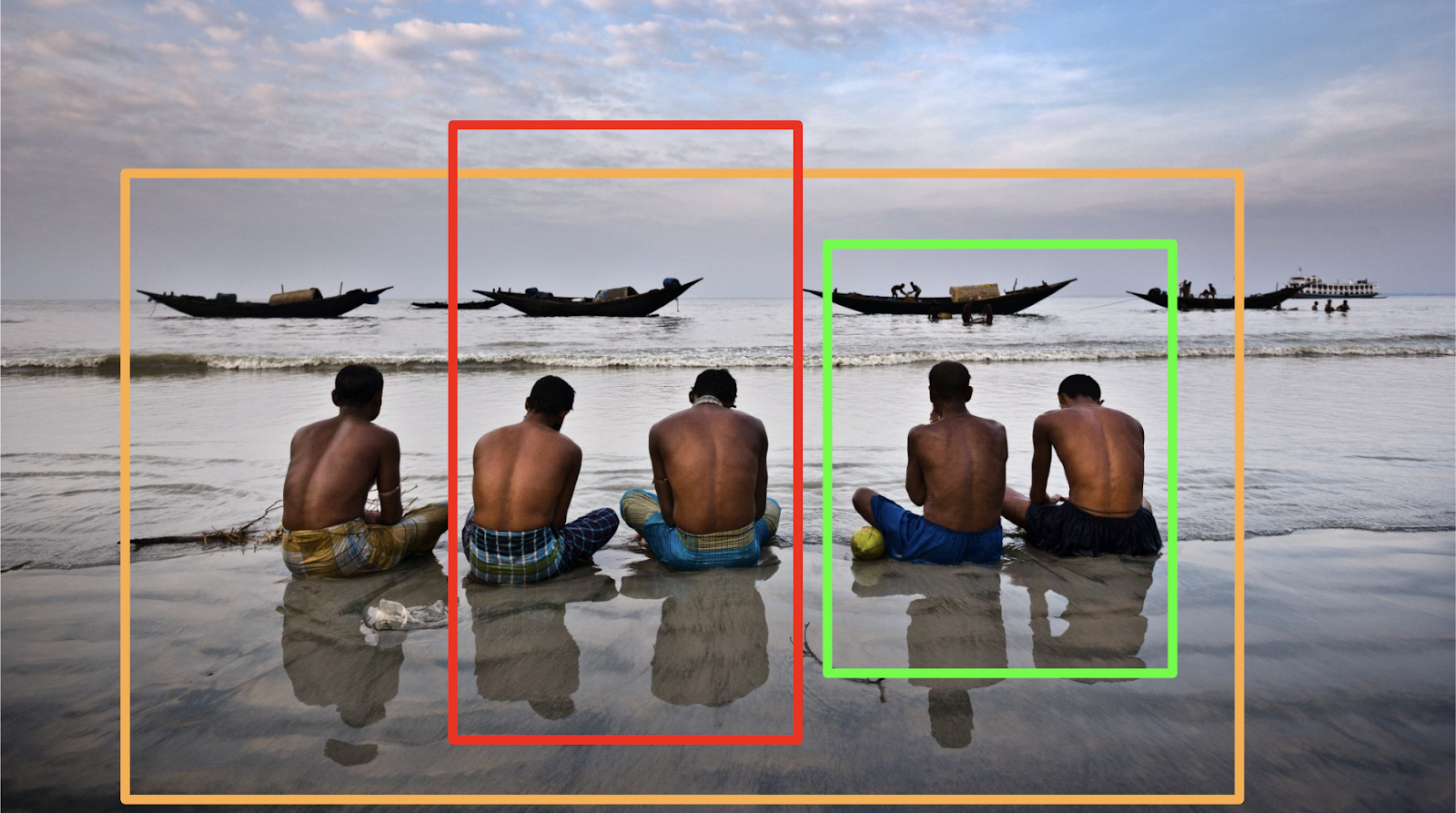
However, in the next image it is clear that much of the crucial visual information is lost from the image in the red and green crops, making it significantly less effective.
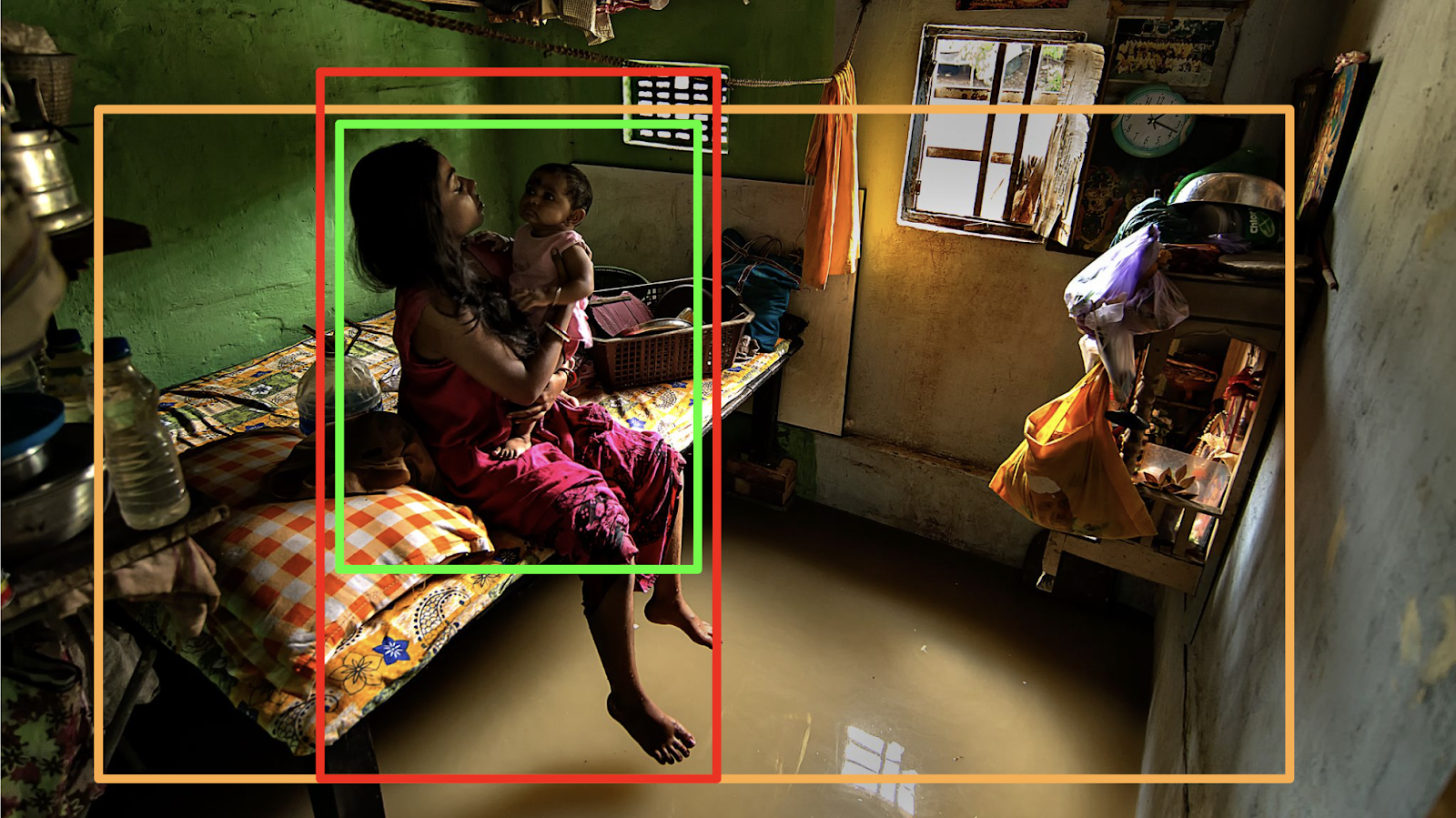
Some key crop aspect ratios -
- Instagram
- Stories = 16x9 (above in red)
- Posts = 4x5 (above in green)
- X / Twitter
- ‘In feed’ = 9x6 (above in orange)
These shapes govern how users will see your images. As you are researching images, think about how these crops will be applied to your selection, particularly paying attention to the size of display too. Does it work in every shape that it is going to be used in? If not, is there an alternative that does?
You may also want to overlay text on an image, displaying further information to engage your audiences. This adds another layer of detail to think about when researching images for different crops and platforms. Look for images with negative space, or an area with less detail to place your text. Make sure to keep in mind what you might be obscuring in your image by adding these details. Does the image still convey all the information you need it to? And does it do this effectively at all the different sizes it will be viewed at?
In the below example that uses two crops from the image above, the difference in clarity between the text in the image on the left vs. the image on the right is clear, and this difference will only ever become more stark as screen size is reduced.
It is also important to have in mind more general accessibility considerations when using images and text on social media. Some useful resources on designing and publishing accessible social media content -
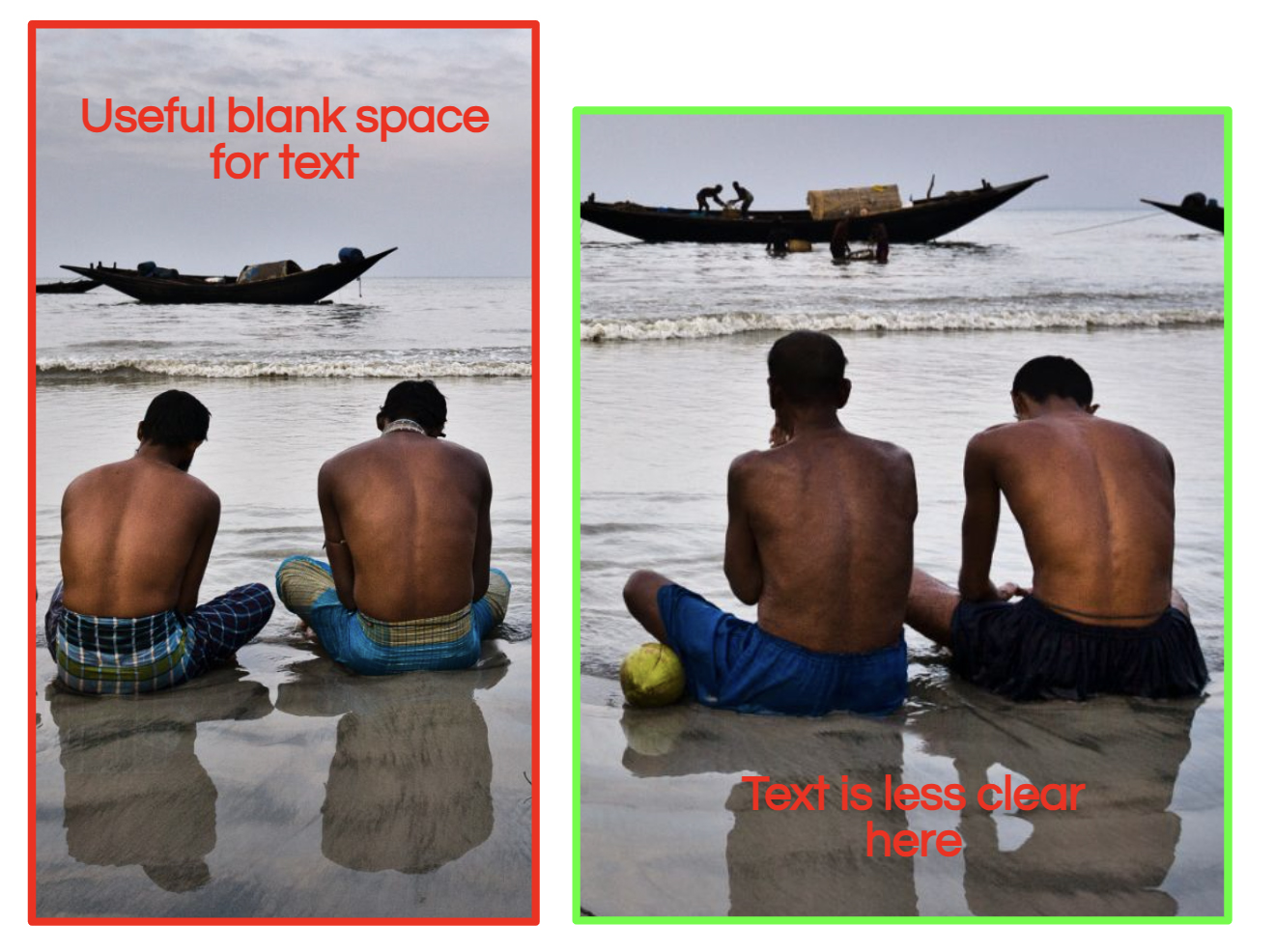
Captions and crediting
We like to talk about pictures speaking a thousand words and telling stories, but a few more words in the form of a caption can be really important and add a huge amount of context and nuance to an image. Also, as AI image generation tools develop, comprehensive and accurate captioning is evermore vital in helping viewers critically assess the images that they are looking at and allowing photographs to communicate detailed, engaging, real world stories to viewers.
If you can, adding more information for your viewers through a caption can really add to your images’ ability to tell a story. Rather than only describing what an image shows (this is what the Alt-Text feature is for) use a caption to add contextual details, more about the story, and important nuance.
When you are choosing images for social media you should consider how a caption would be displayed alongside it - can you guarantee that a caption will be included in the post or should you include a caption designed into the image itself? This will depend on the platform that you will be sharing the image on. If you think that your image needs a caption to explain it, but can’t guarantee that it will be displayed with one - is there another image you could use instead?
Most images will require you to credit the photographer or copyright holder alongside the image as part of the licence terms of use (more on this below). Crediting photographers also helps viewers to find out more about an image and opens up the possibility for them to engage further with an image and the story that it is telling. It is your responsibility to ensure that the image credit will travel with the photograph in your use - is it best displayed as text alongside the caption, or added as an overlay to the image to be displayed there?
Images licensing and rules
As with any image use, you must ensure that you have the right to use your chosen image. This can take the form of a variety of different licence types, from images registered as in the Public Domain to commercial Rights Managed licences.
You must ensure that you have permission to use any image that you post on social media. The fact that an image has already been published online by someone else does not mean that you can publish it yourself.
Some licences will require a fee to be paid, others might be free. All image licences will have requirements that you must fulfil for your image use to be compliant. As the user, you must ensure that your use meets the requirements of your licence to use, for example by crediting the image as required.
Images in the Climate Visuals library have a variety of licences. These include:
- Images with Creative Commons (CC) licences
- Including those which Climate Visuals has licence to distribute and those where others have the licence
- Images with Rights Managed (RM) licences.
Information about each image’s licence type is displayed alongside the caption information in the image preview display, as well as via a watermark across the image preview.
There is more information on image licences and how to use them in our 'how to' page below.
Follow Climate Visuals on Instagram and X / Twitter.



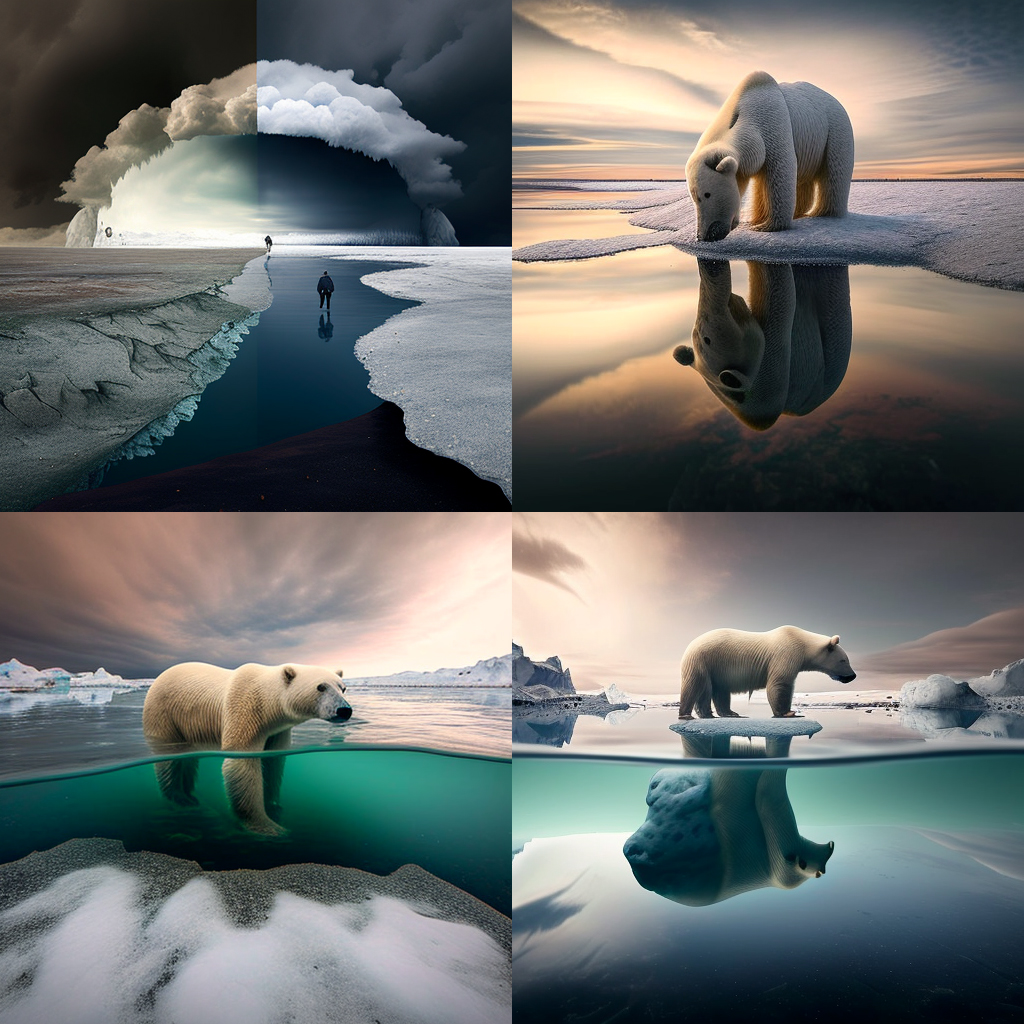



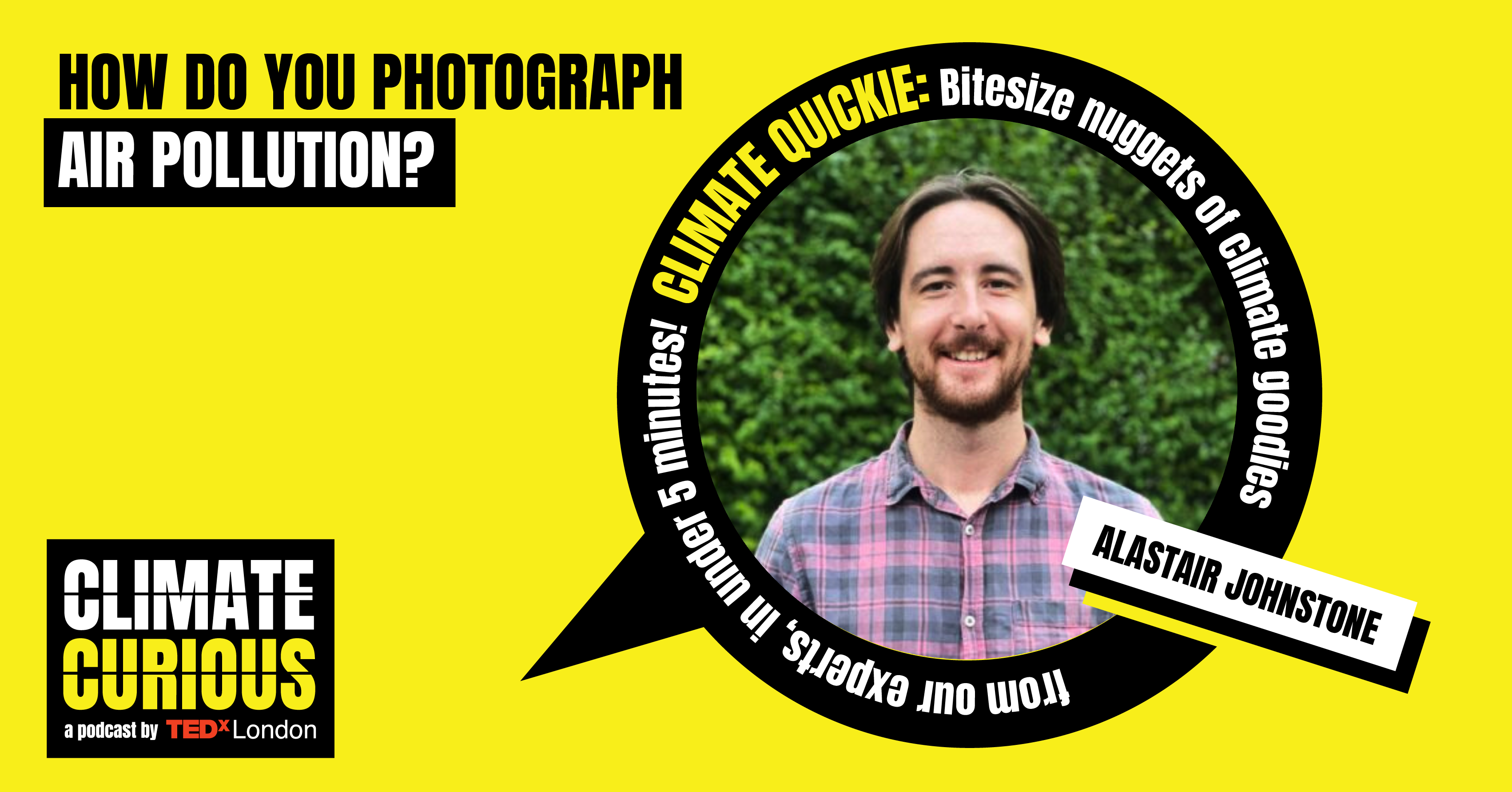
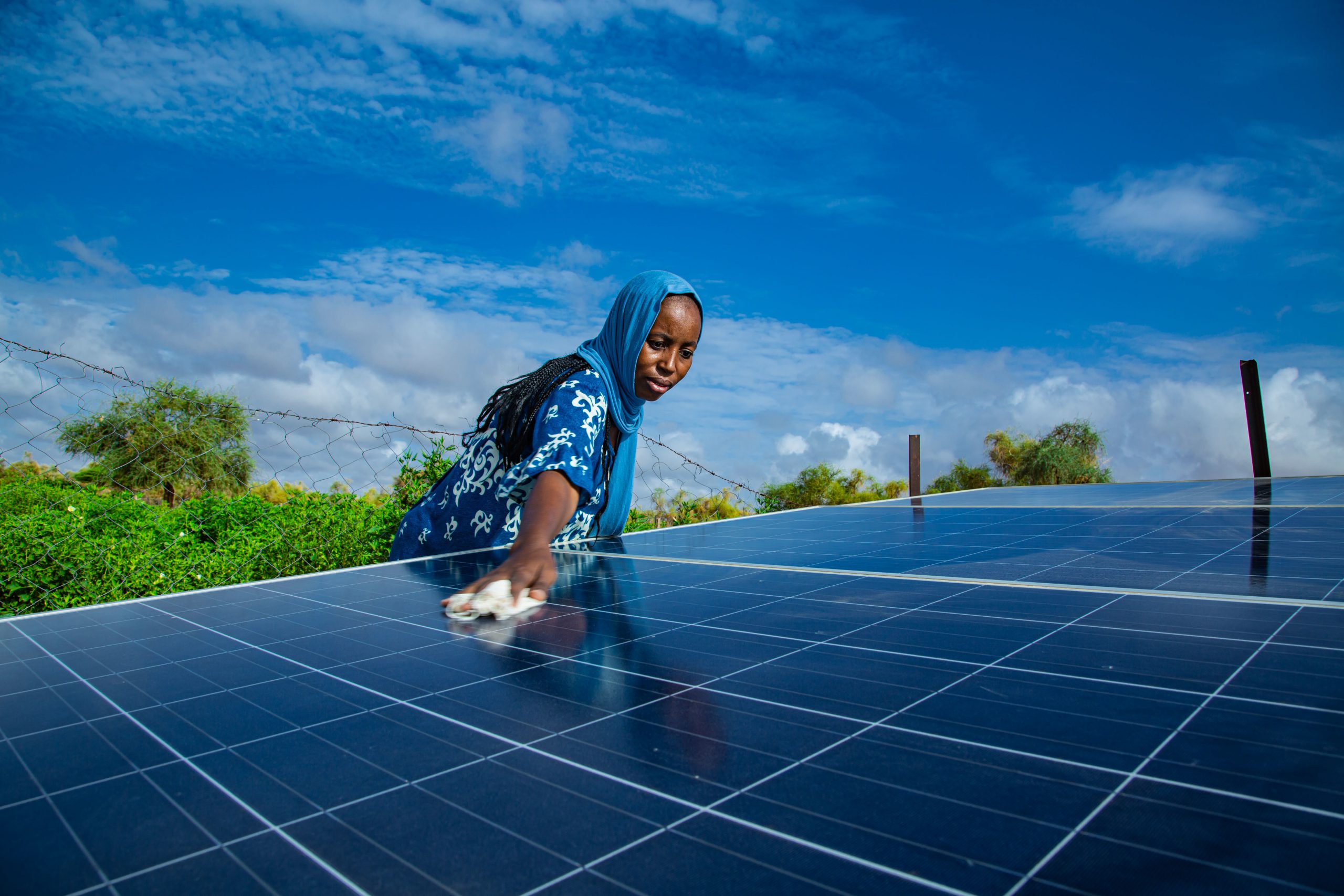
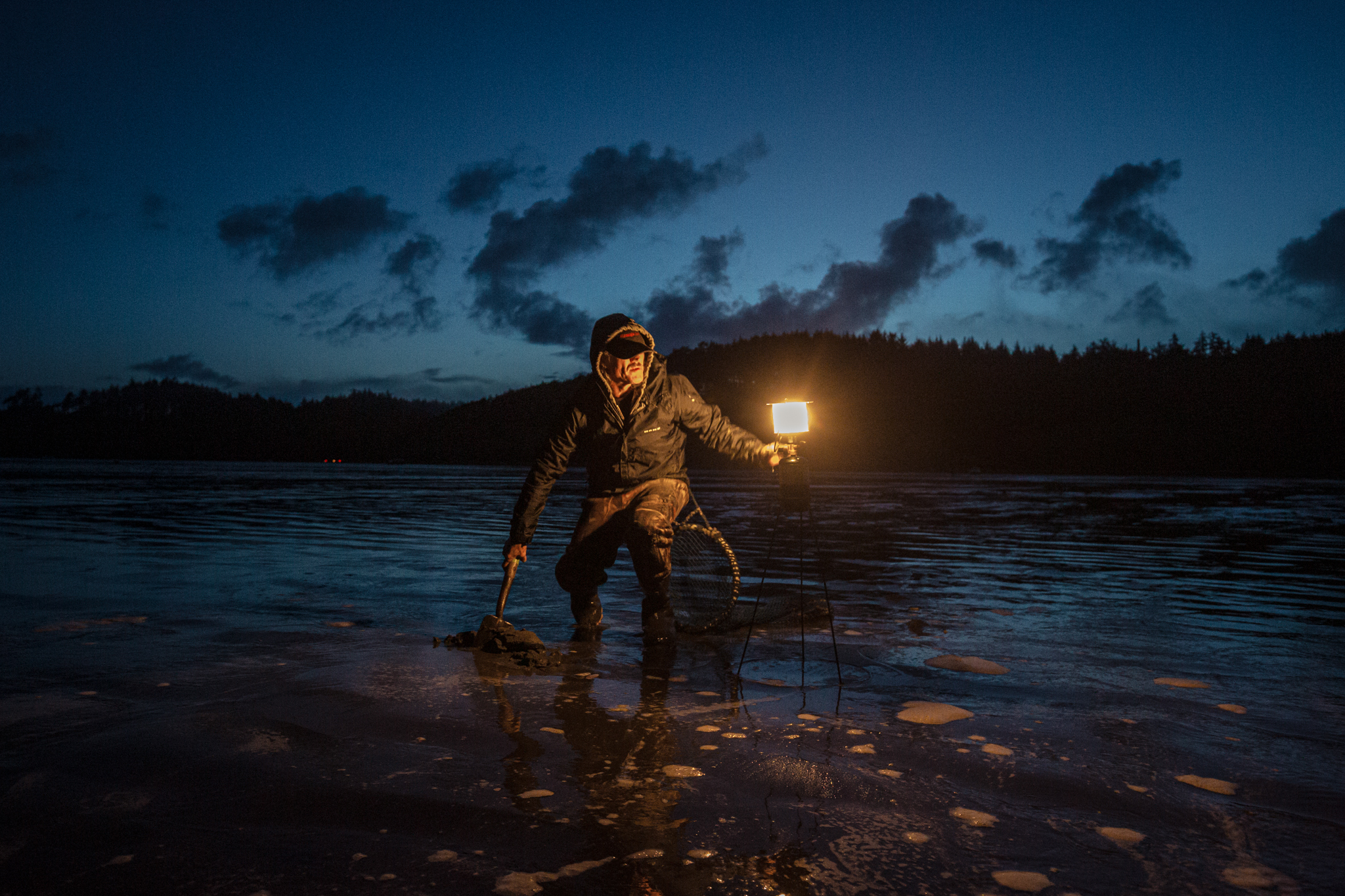

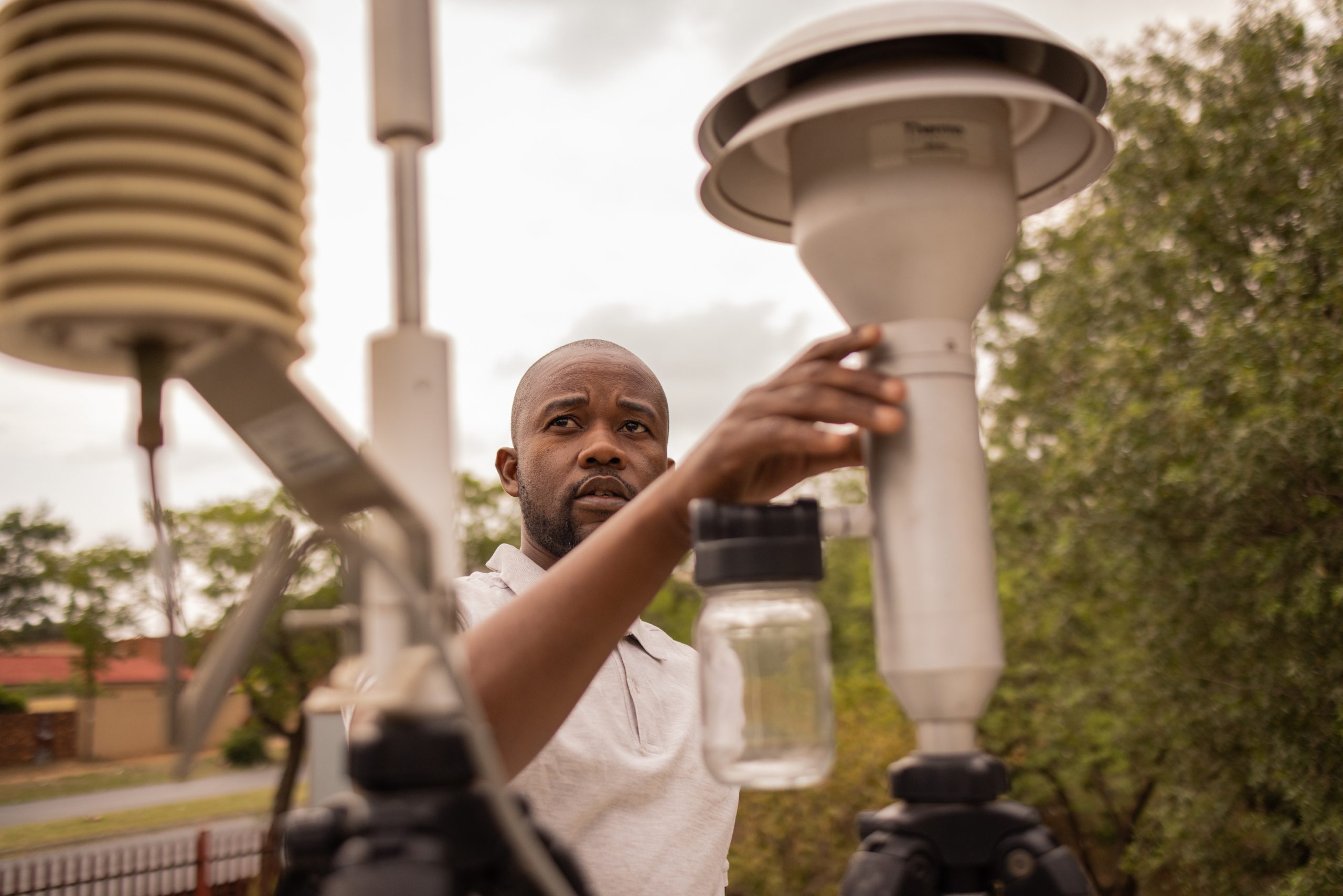





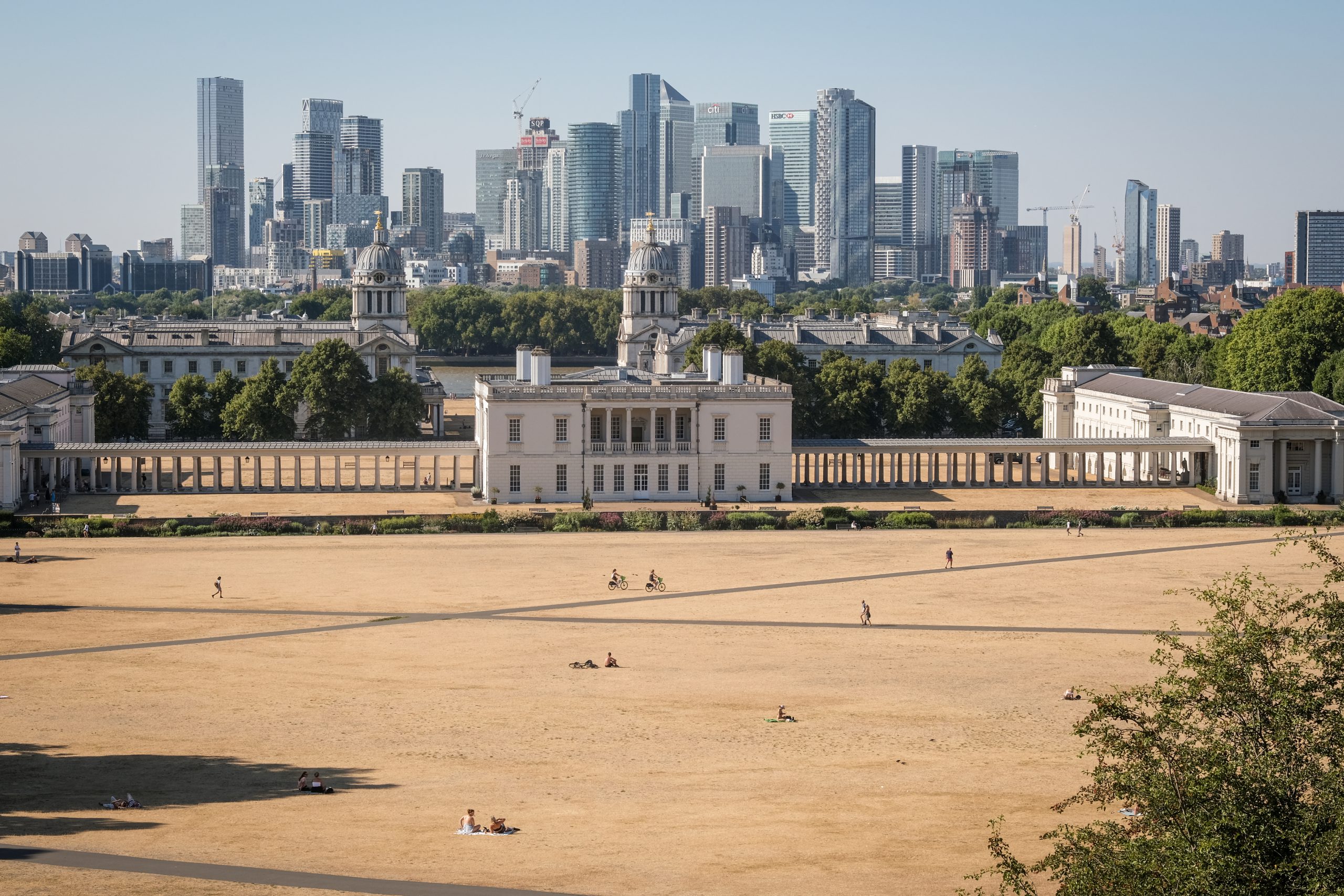
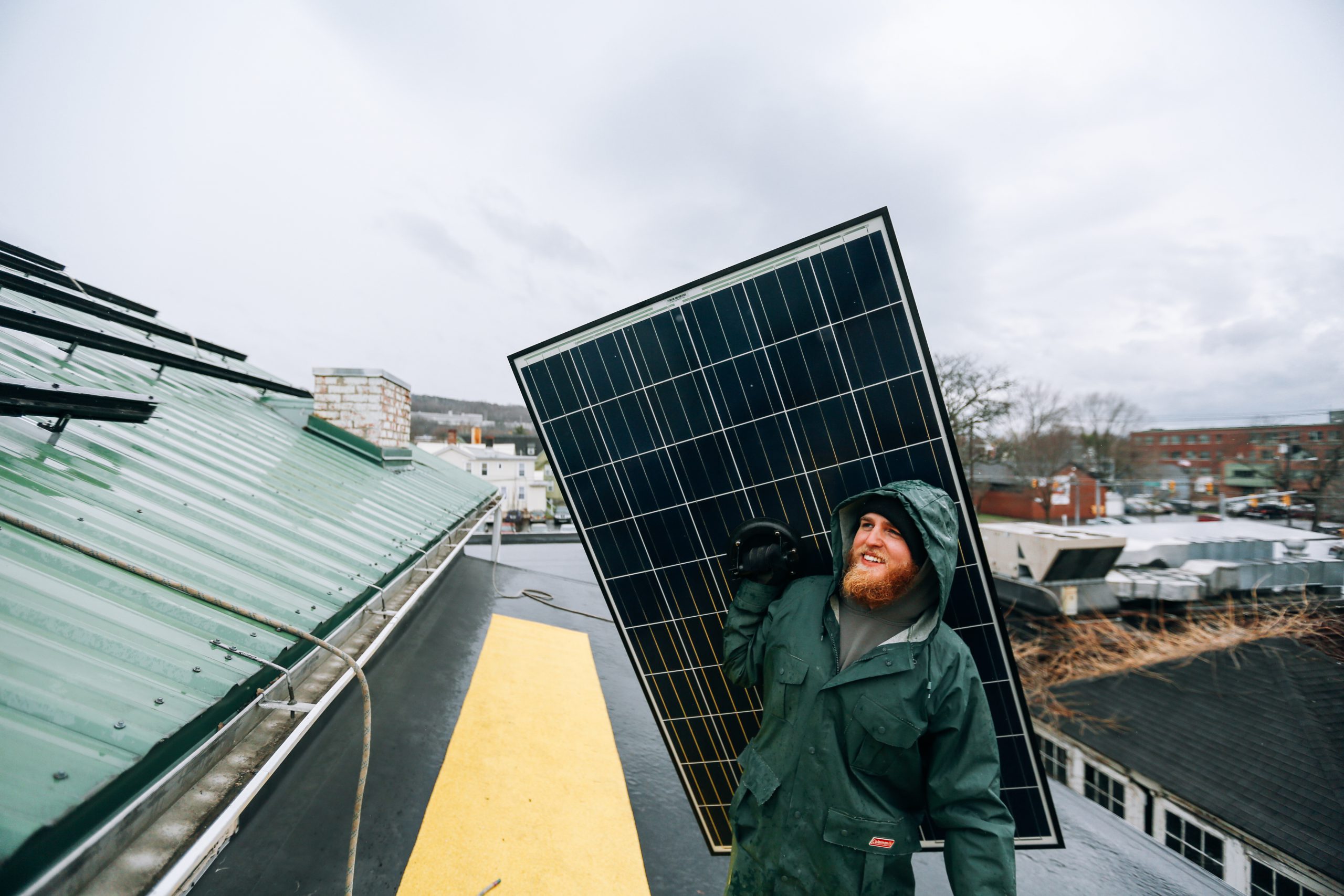








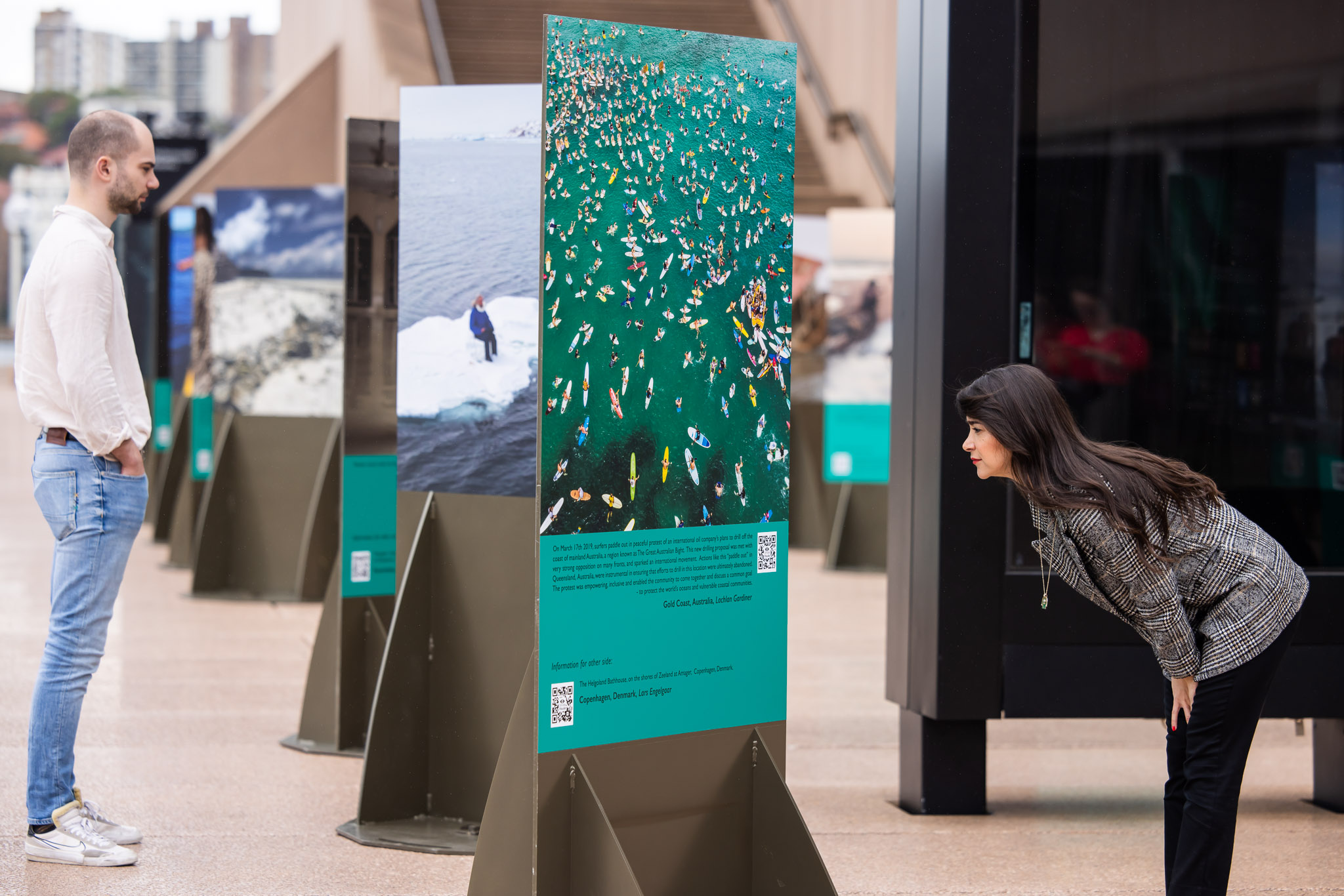

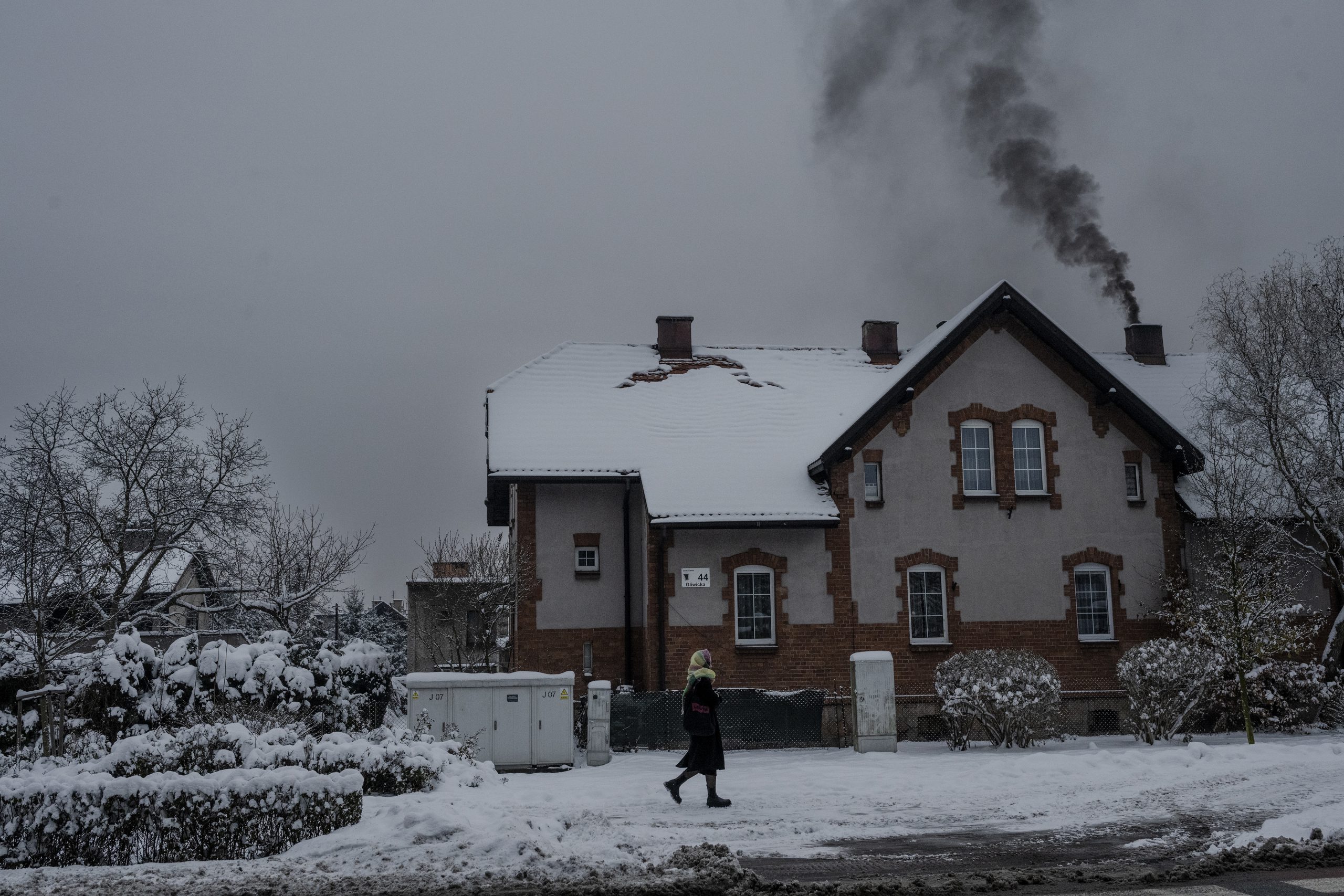
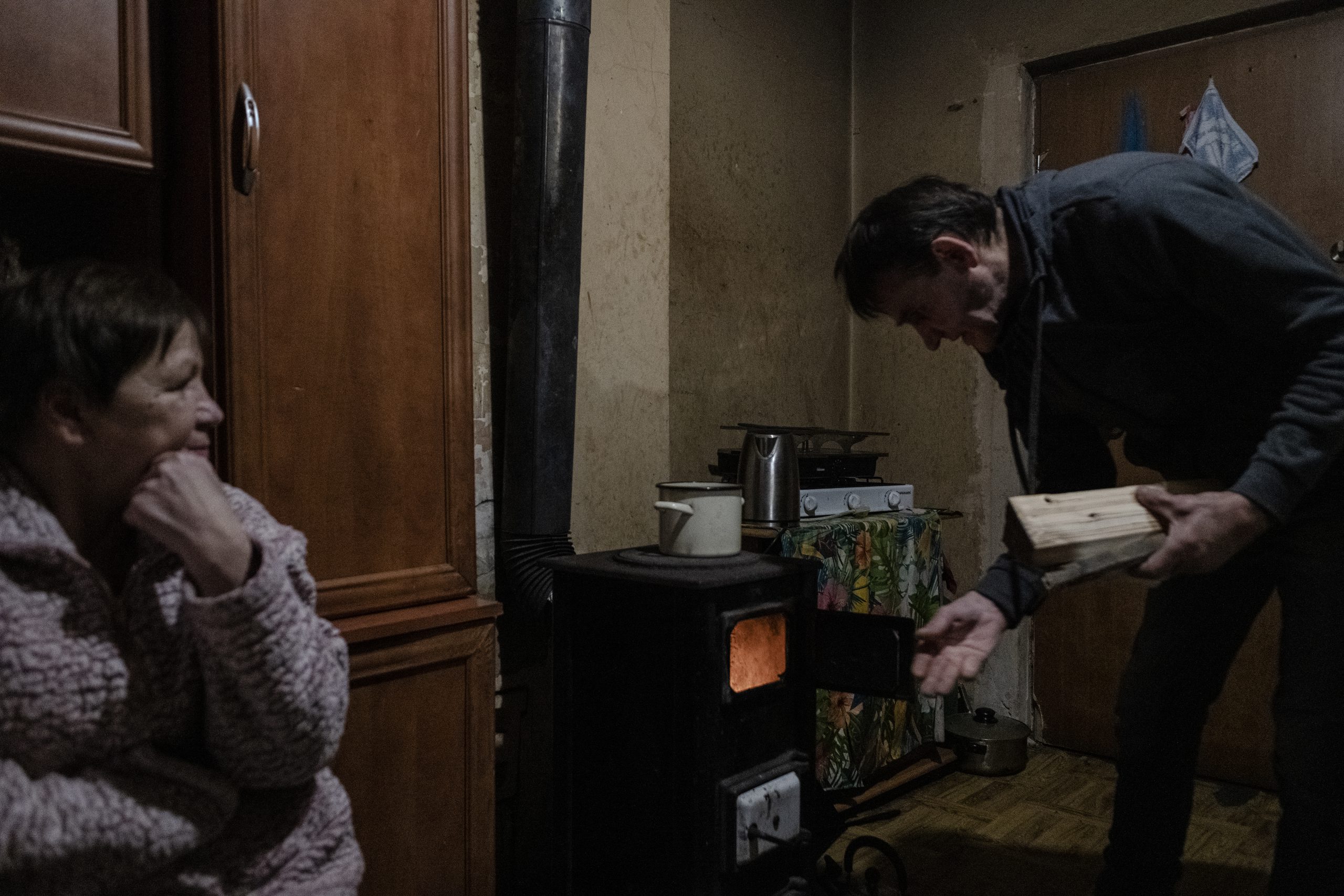
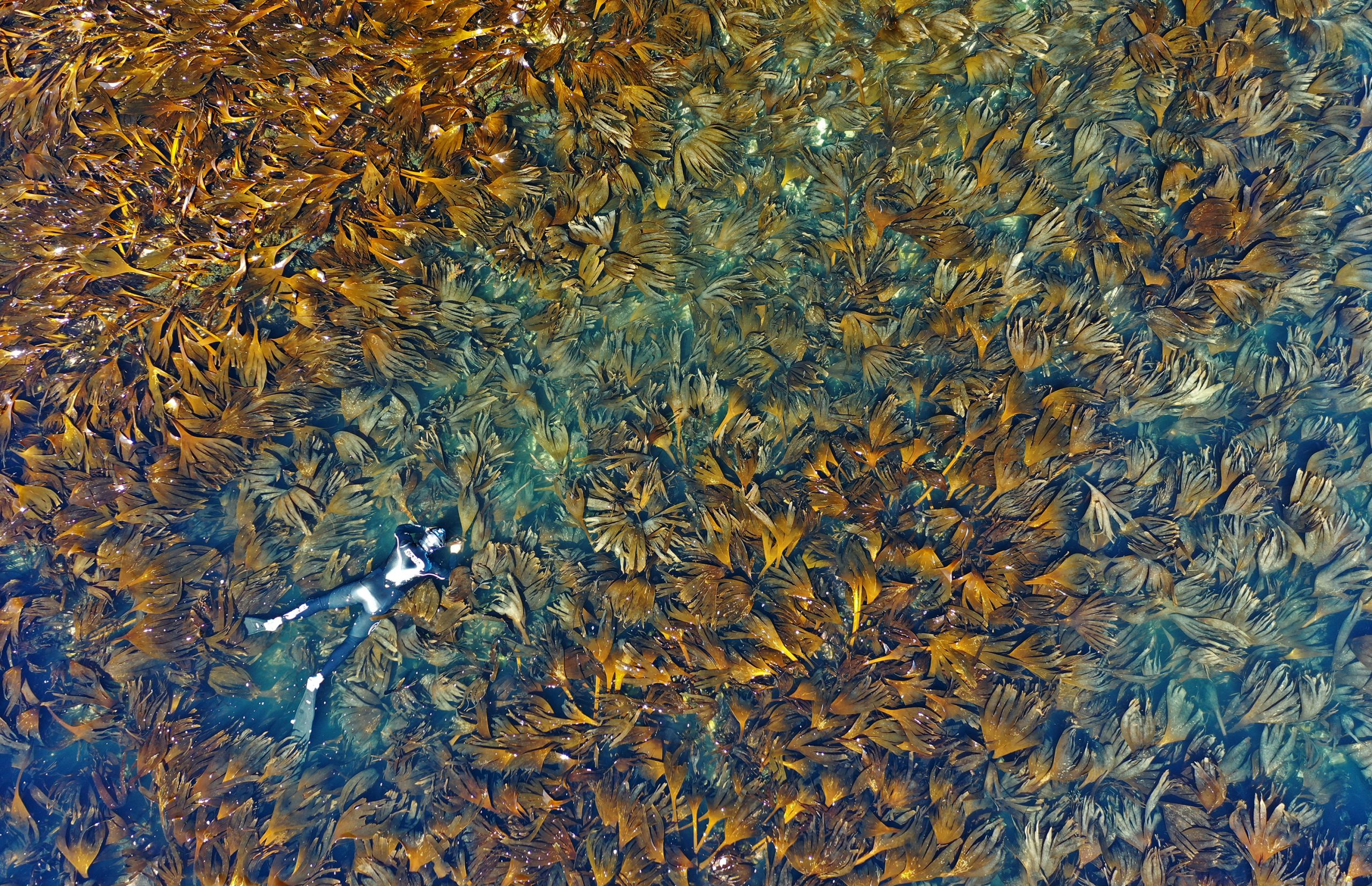

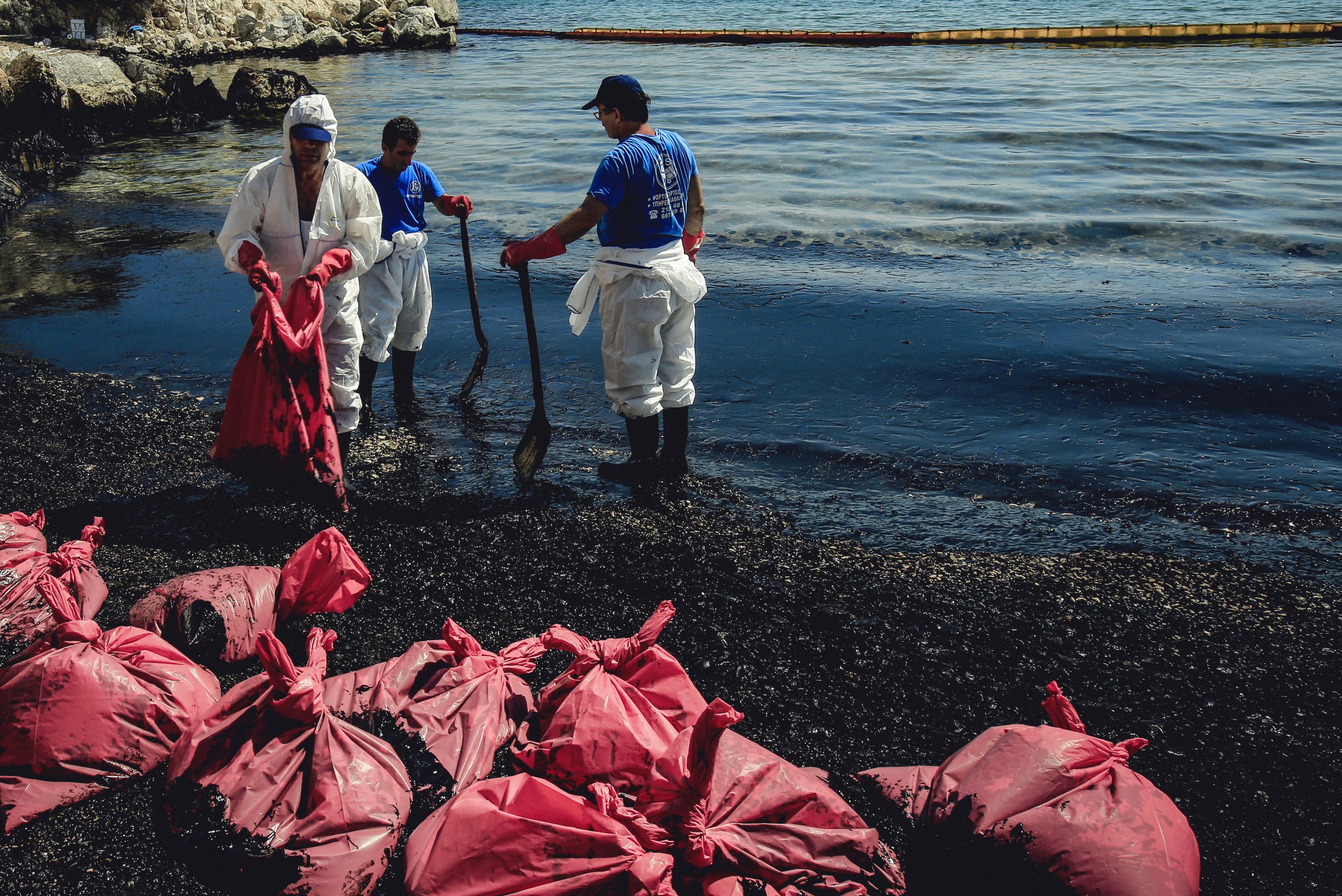


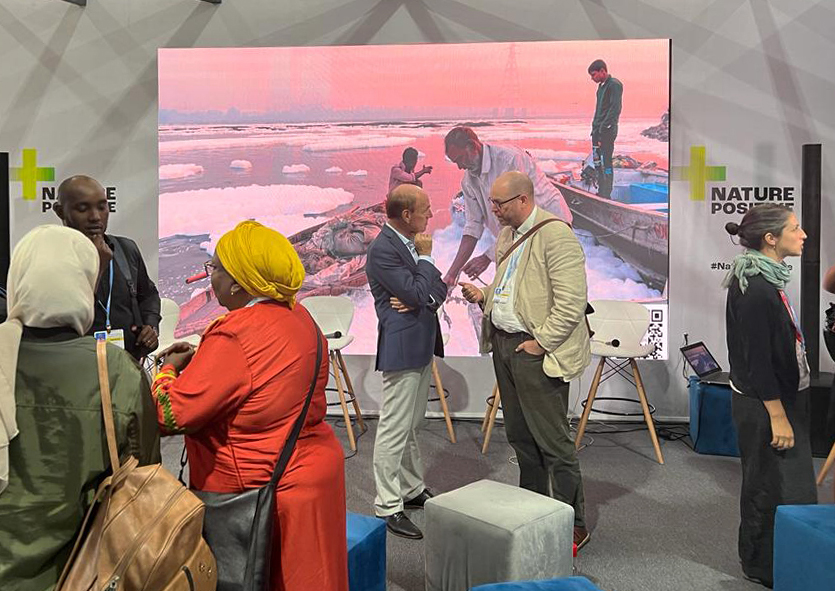






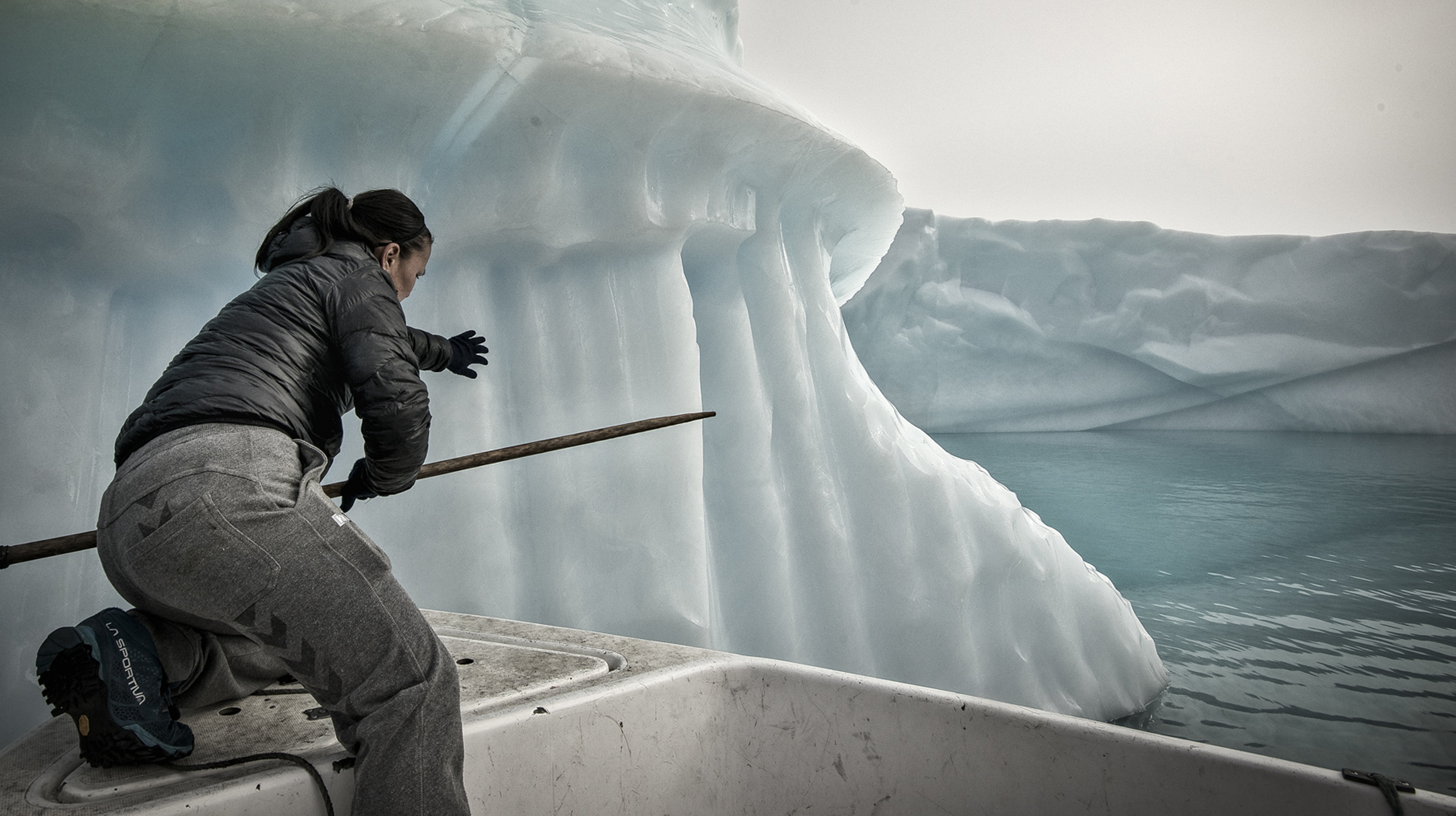
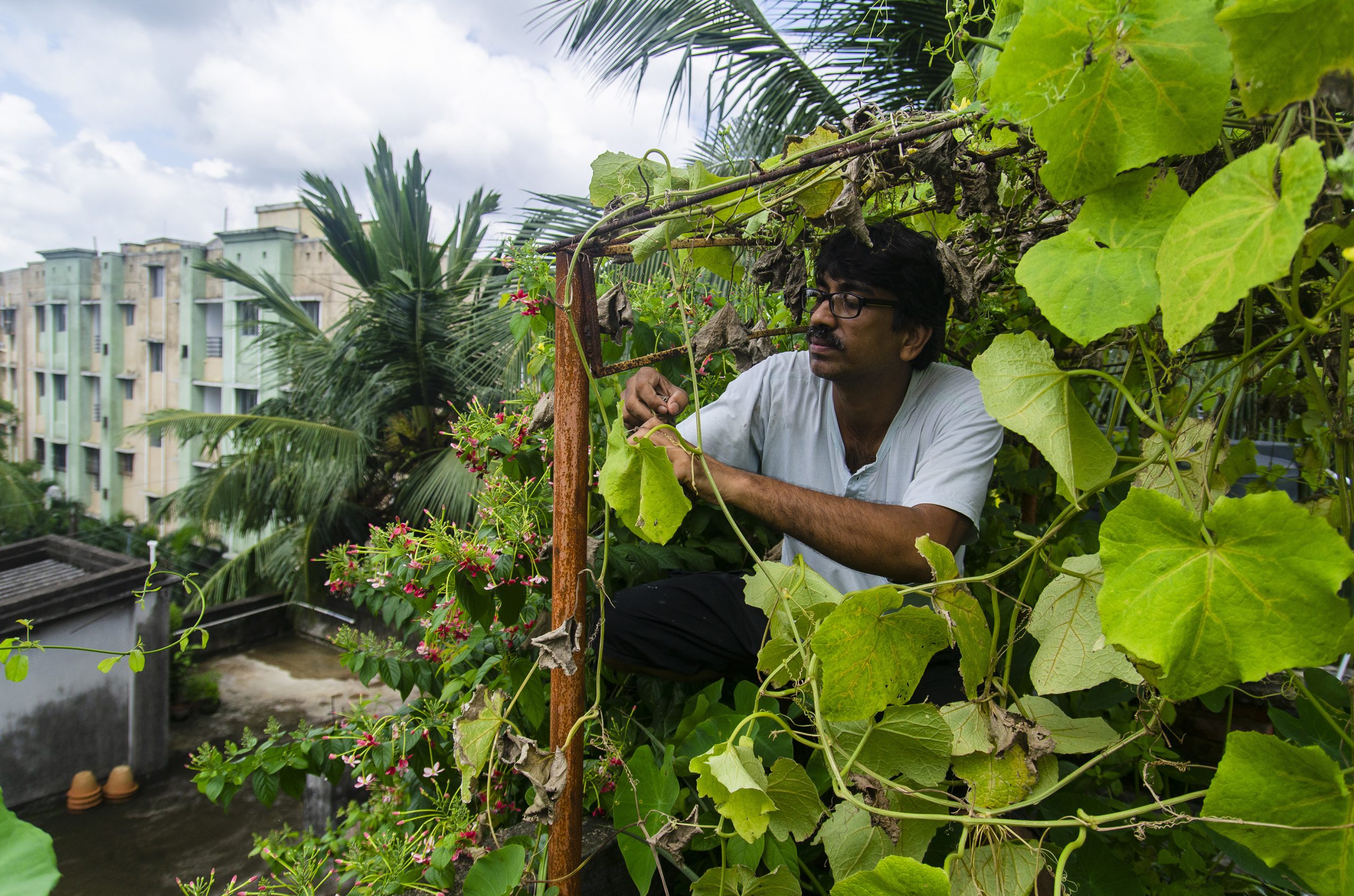
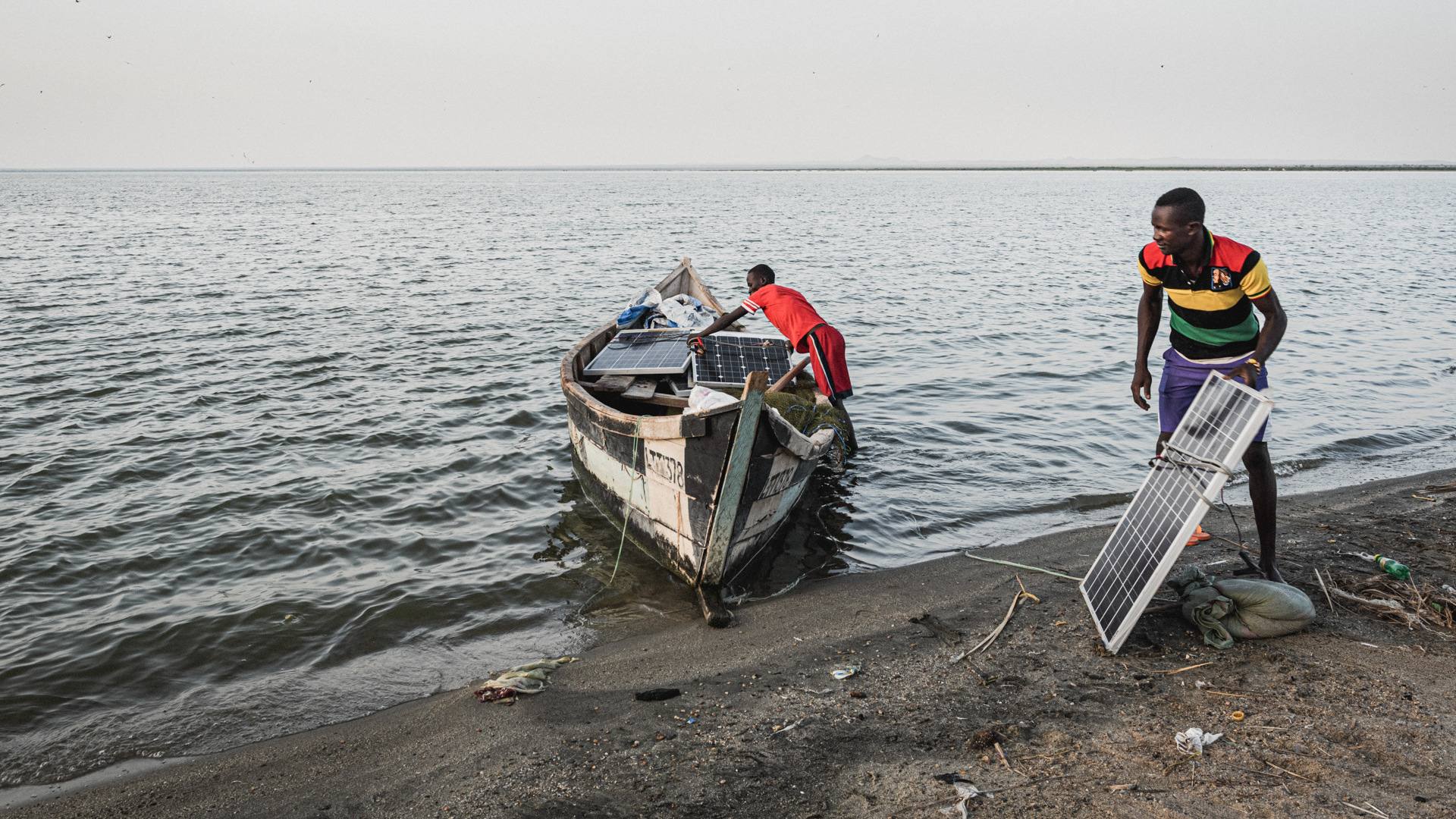


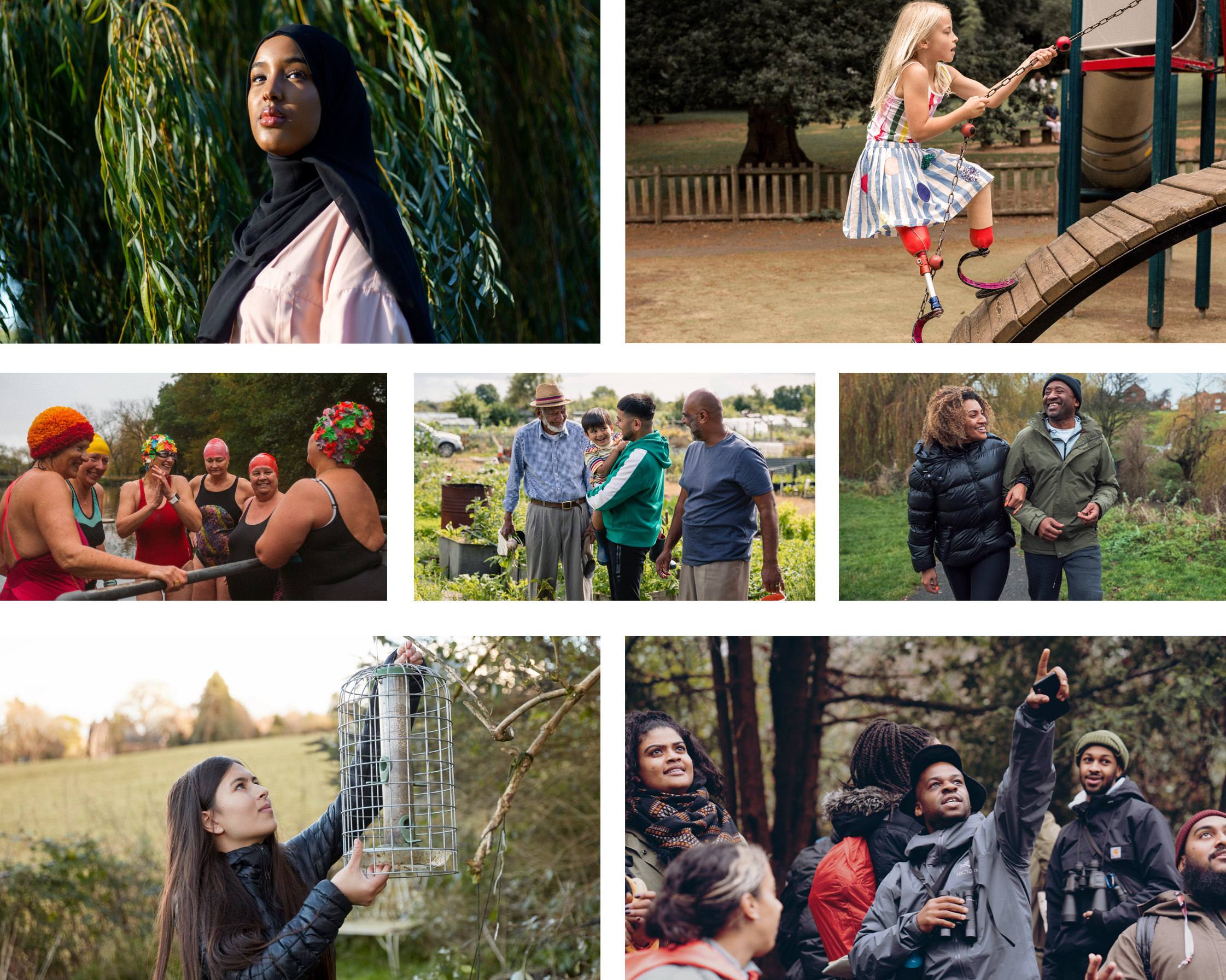
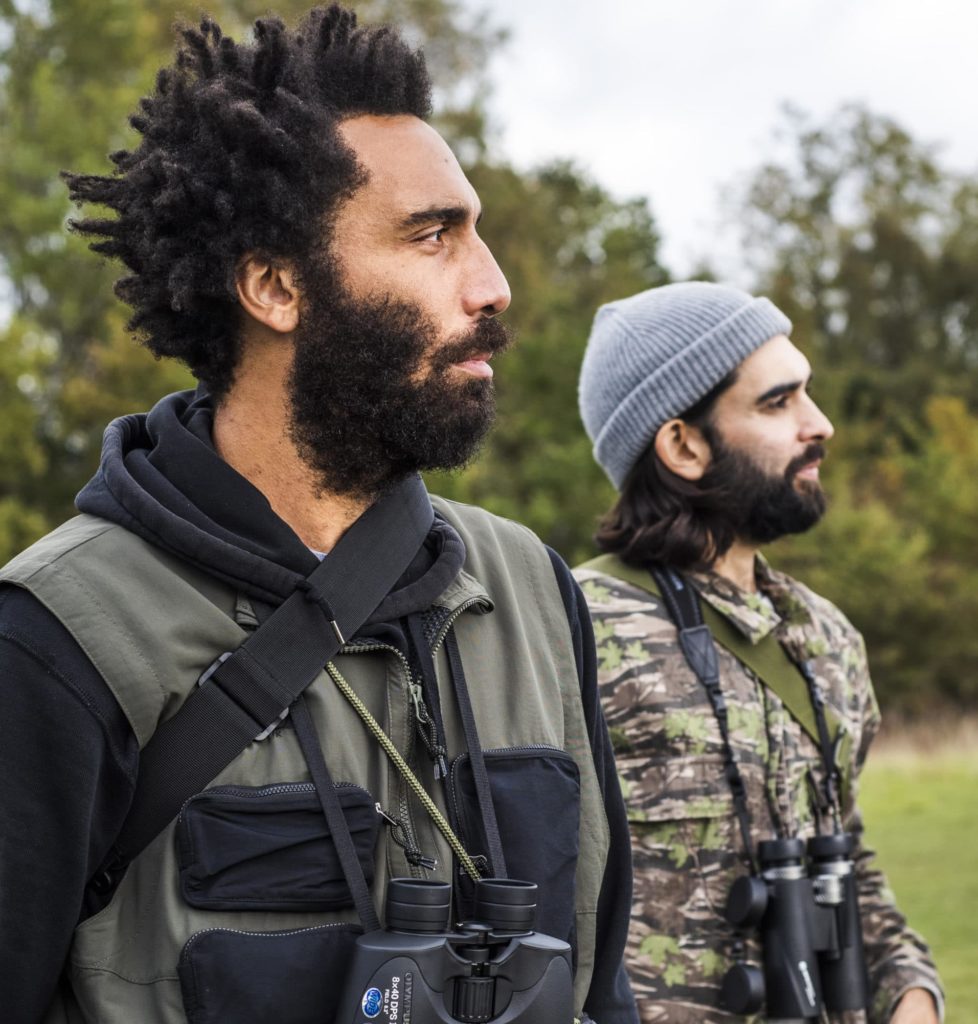
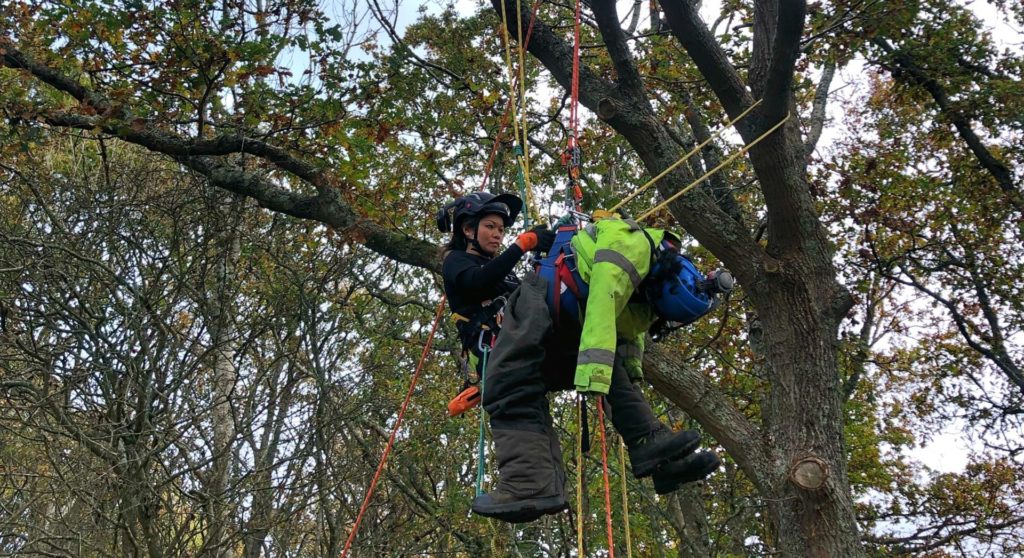
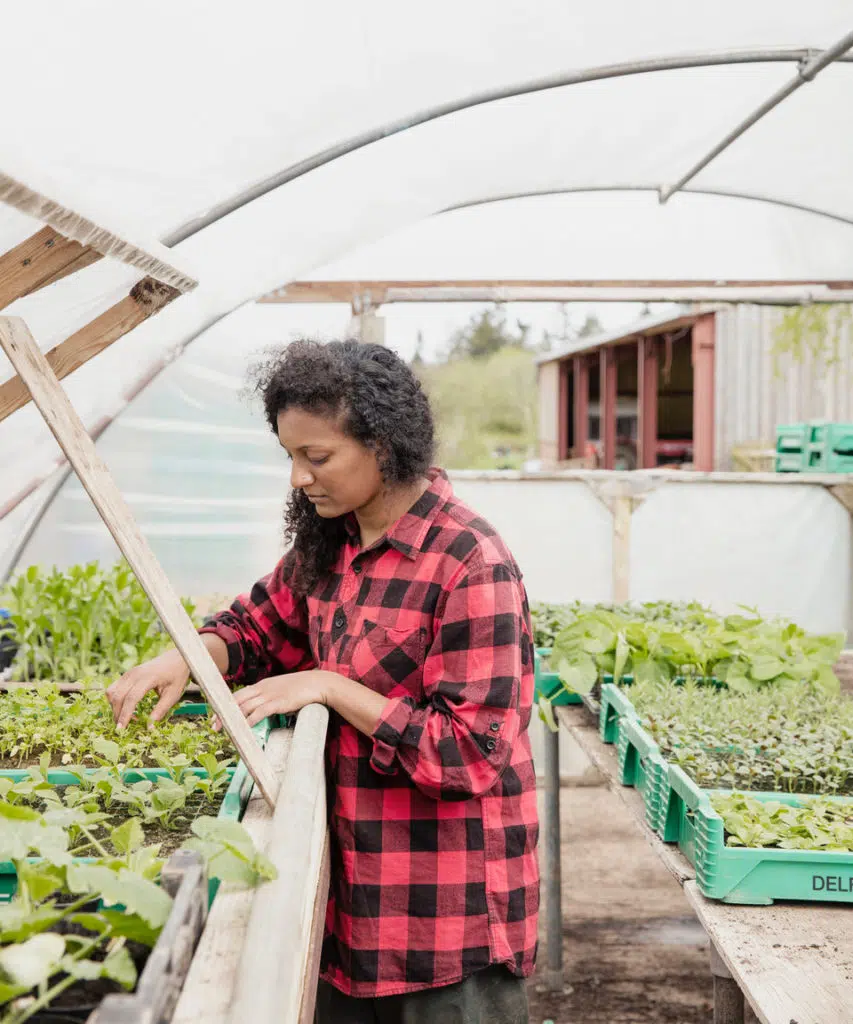
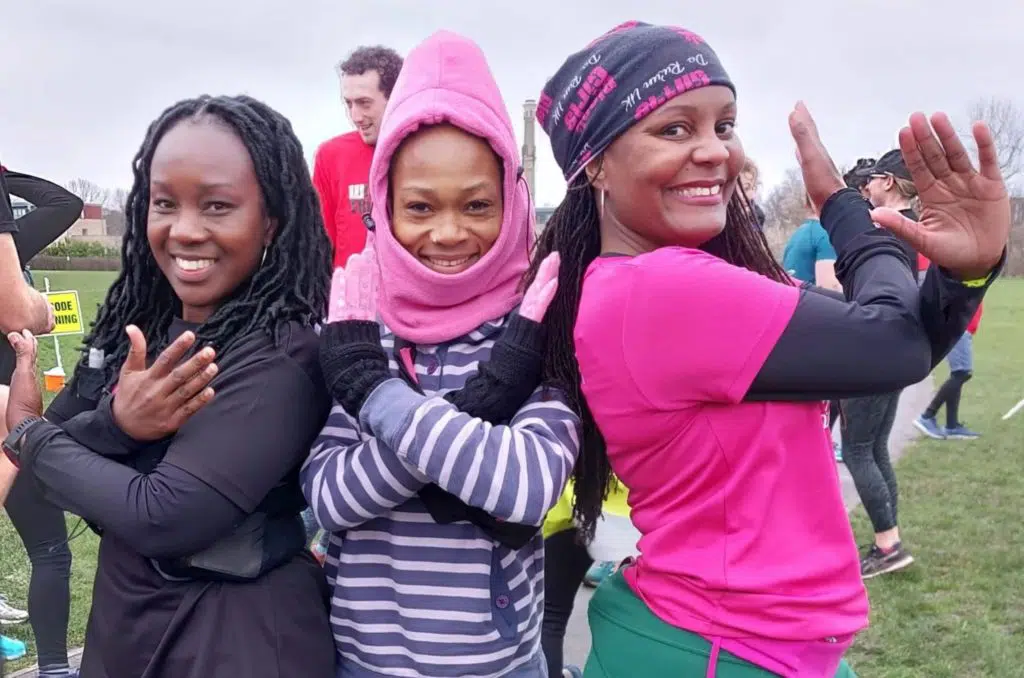

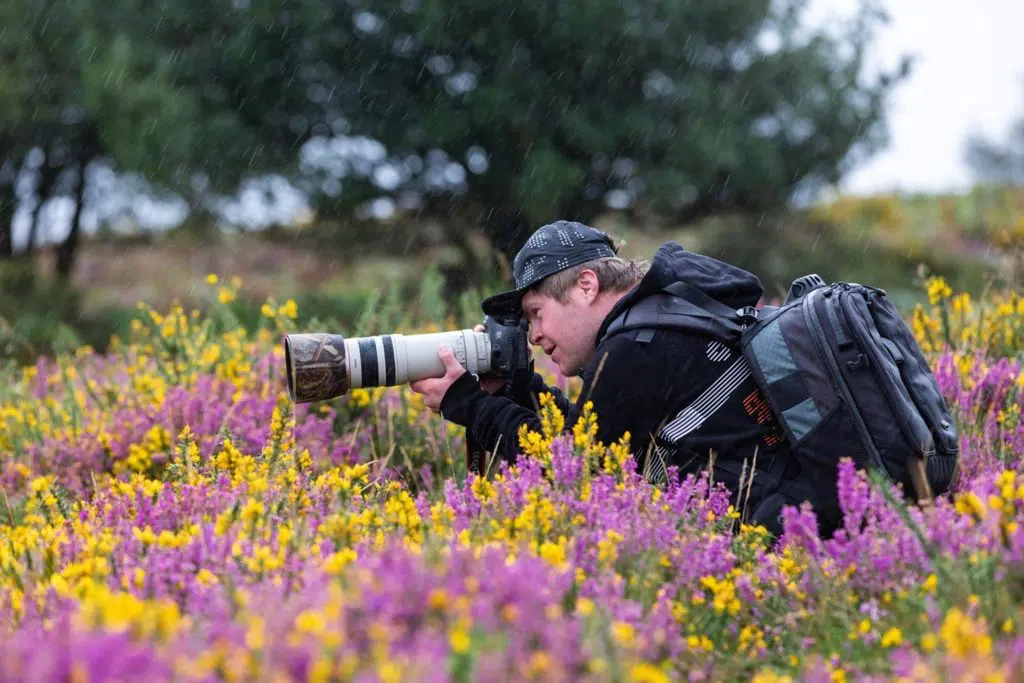
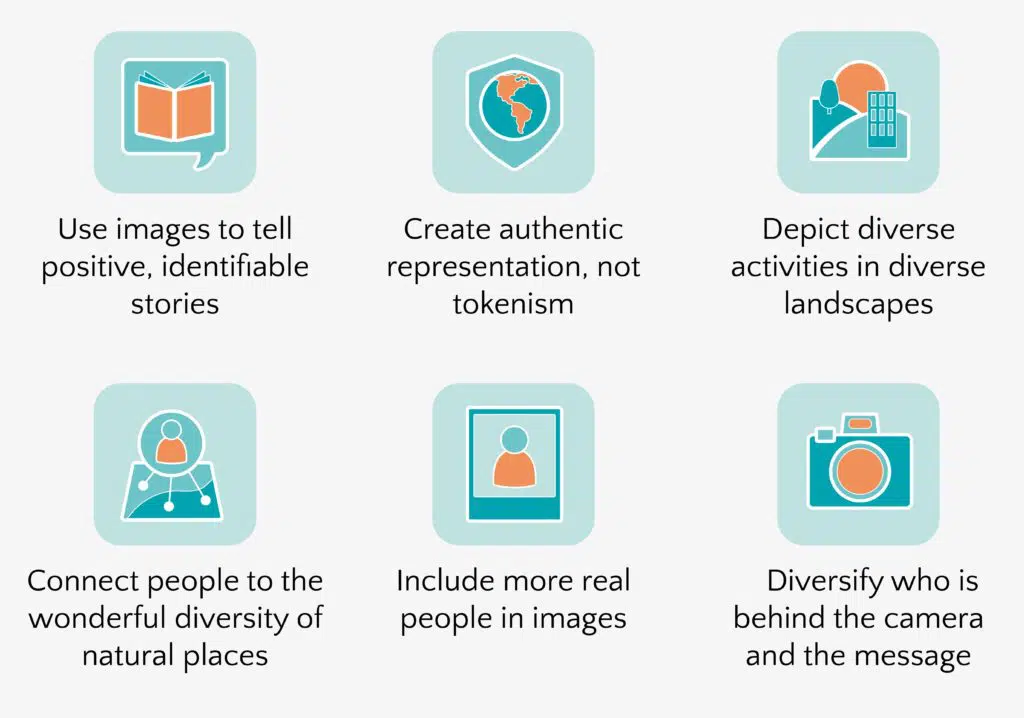




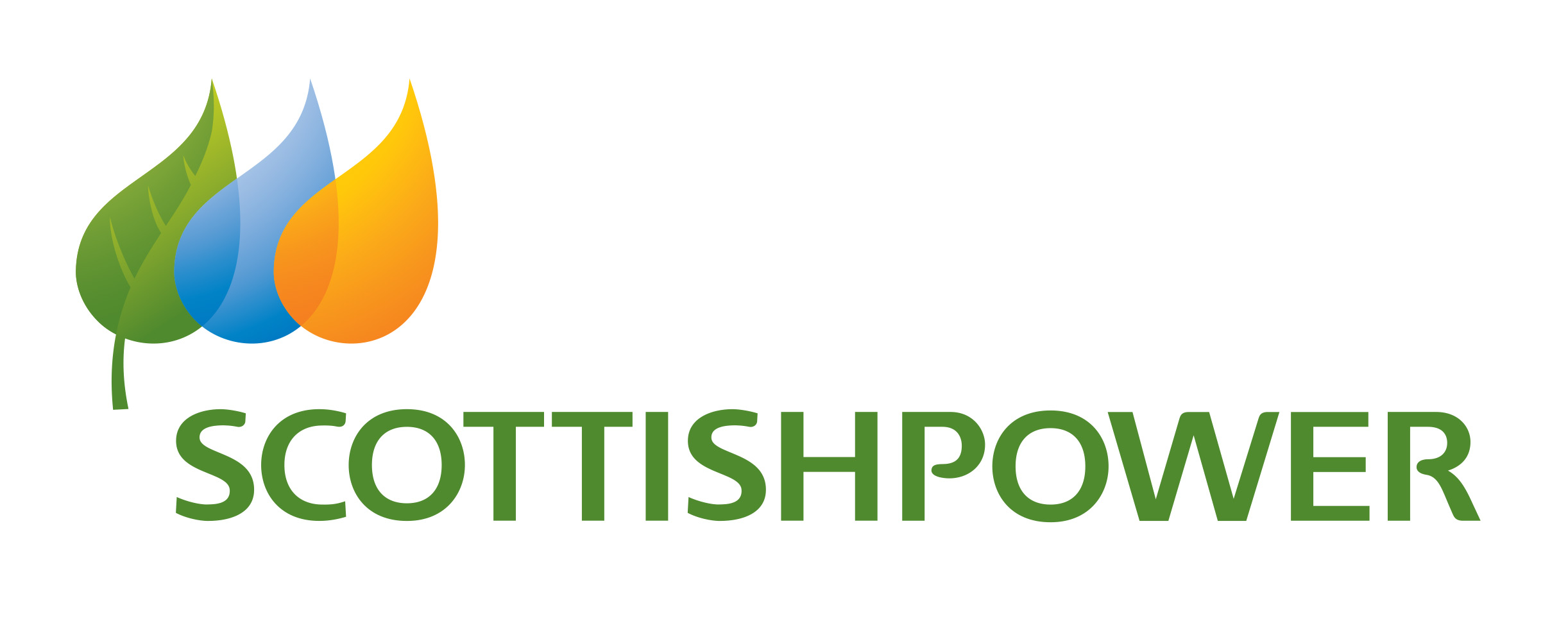



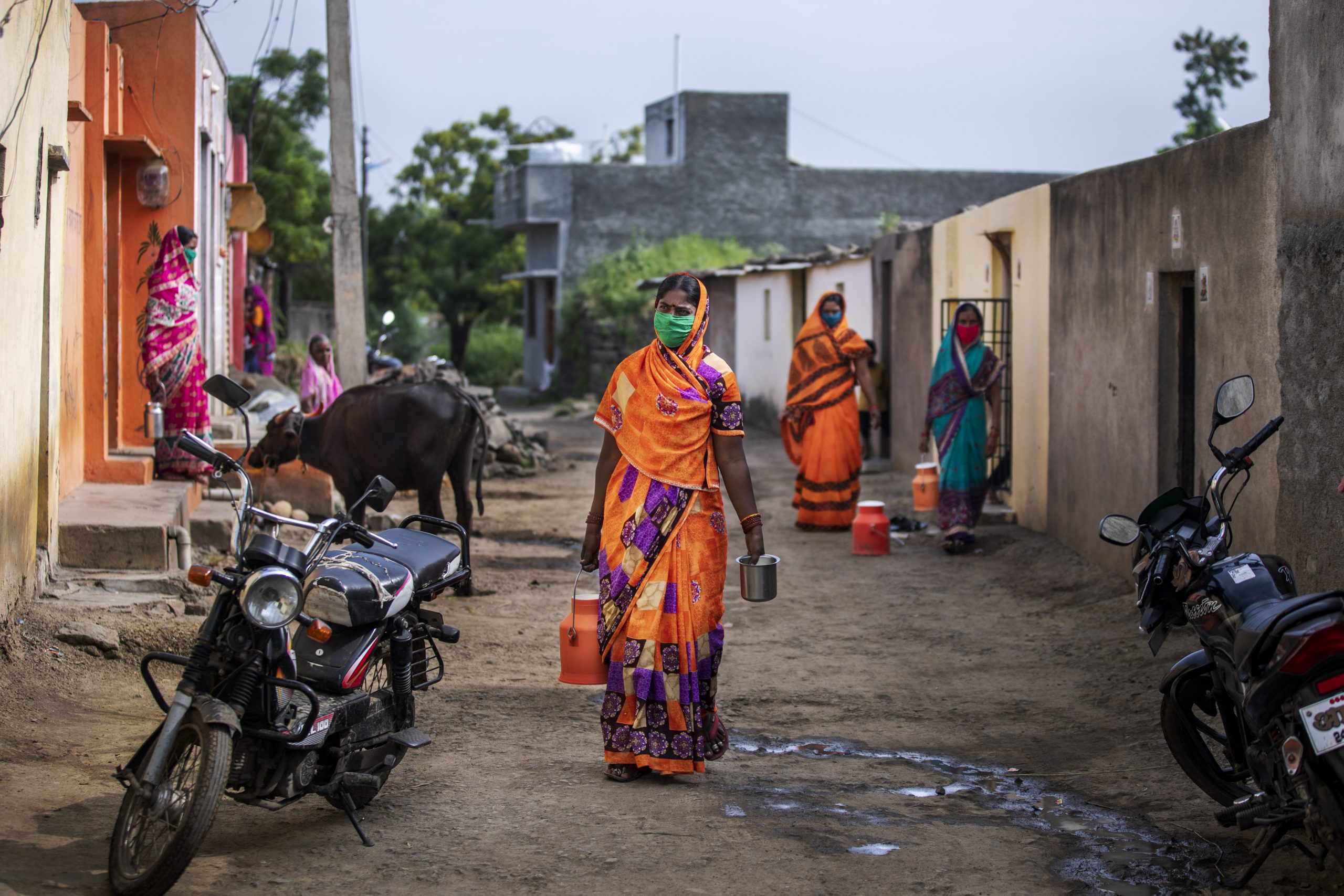


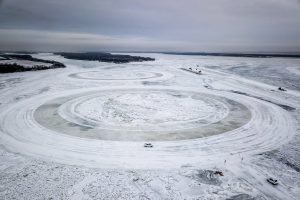



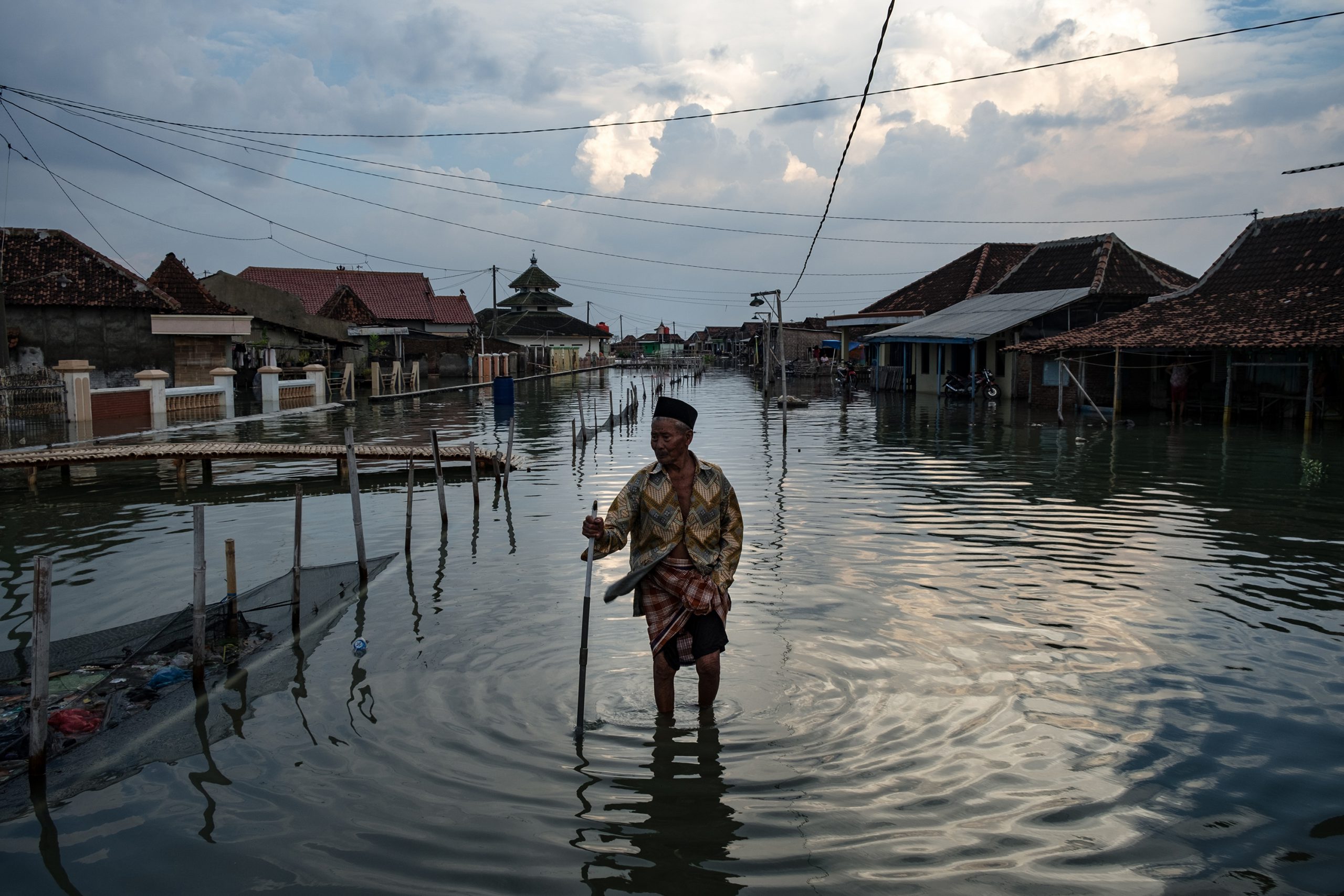

 Sewage surfer was a finalist in the 2017 Wildlife Photojournalism category.
Sewage surfer was a finalist in the 2017 Wildlife Photojournalism category. Palm-oil survivors won the 2017 Wildlife Photojournalism category.
Palm-oil survivors won the 2017 Wildlife Photojournalism category.
 Isadora’s project project explores the human presence on the white continent, bringing out the absurdities & contradictions of the human species.
Isadora’s project project explores the human presence on the white continent, bringing out the absurdities & contradictions of the human species.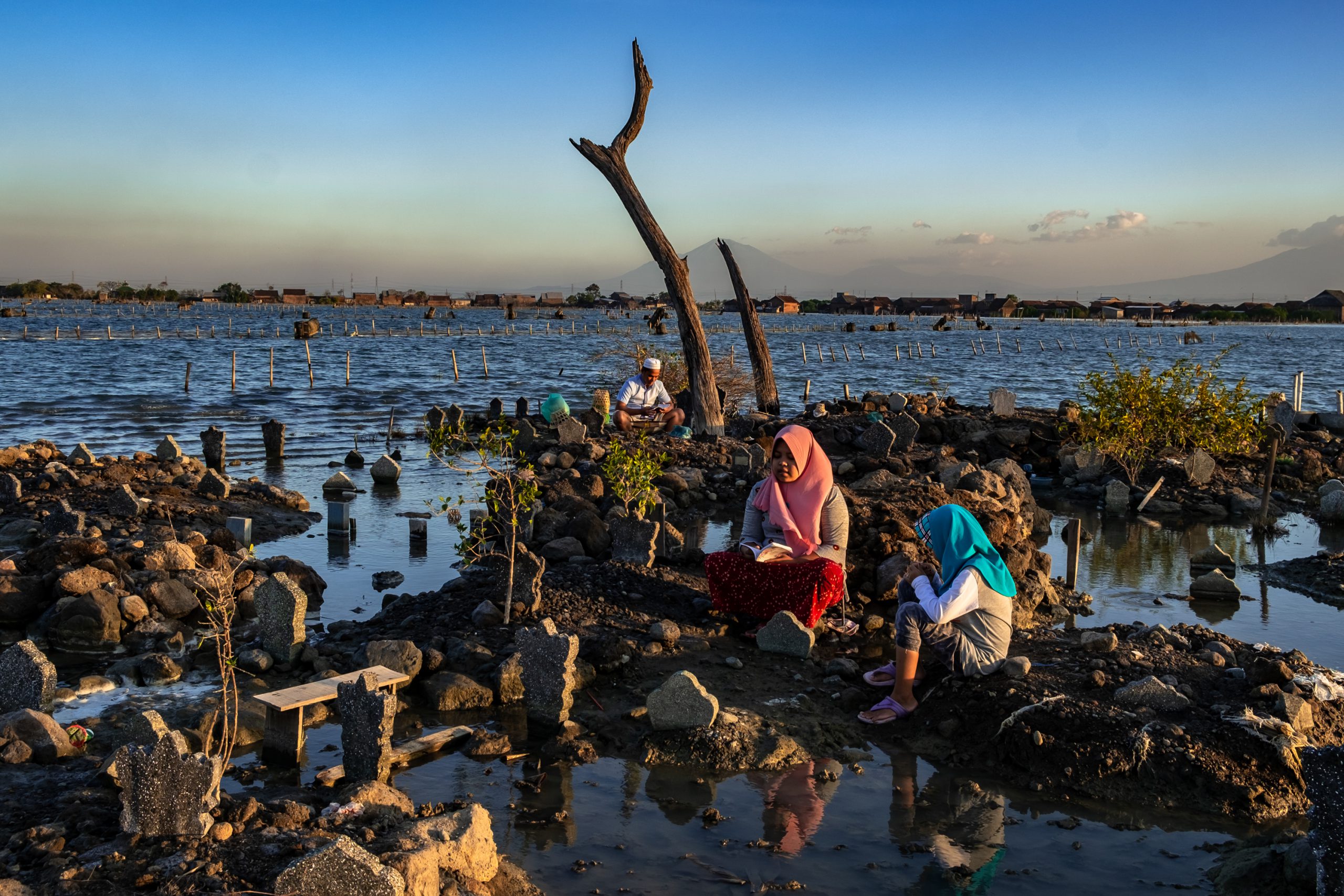
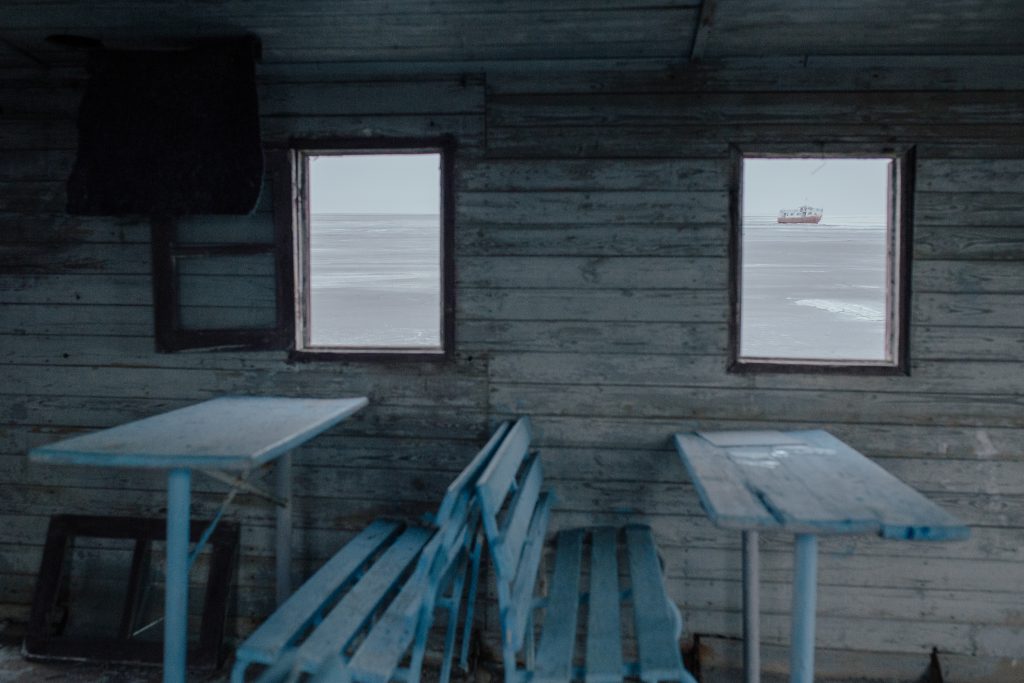 The Eyes of Earth (The Death of Lake Urmia), Iran
The Eyes of Earth (The Death of Lake Urmia), Iran Vanishing forests, growing marsh, and ‘For Sale’ signs in front of homes. 3 Millimeters, Maryland, USA.
Vanishing forests, growing marsh, and ‘For Sale’ signs in front of homes. 3 Millimeters, Maryland, USA.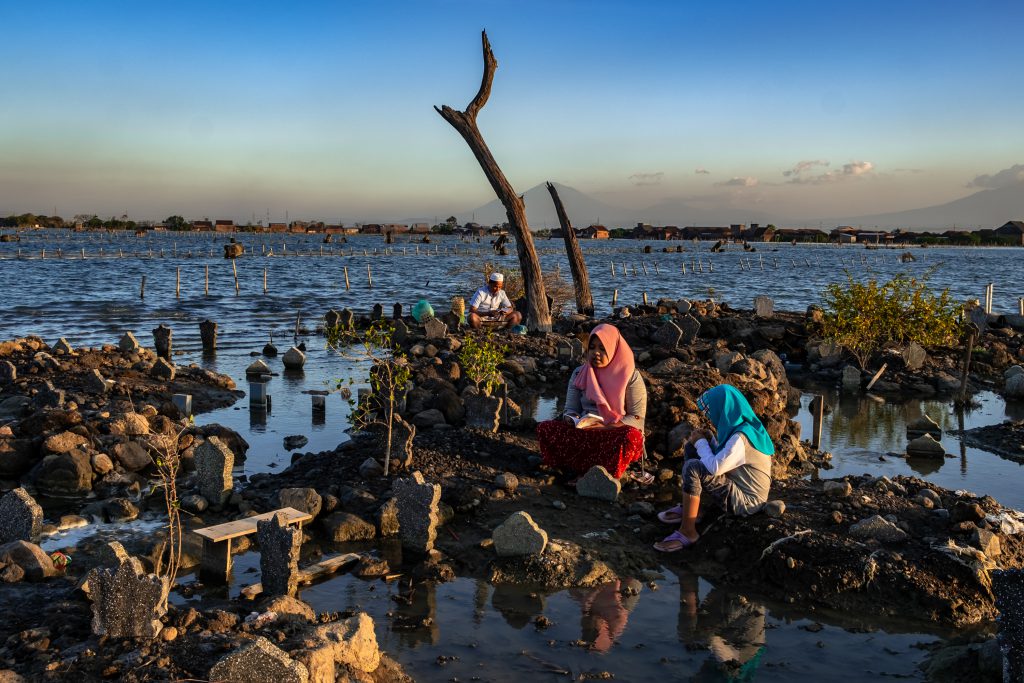
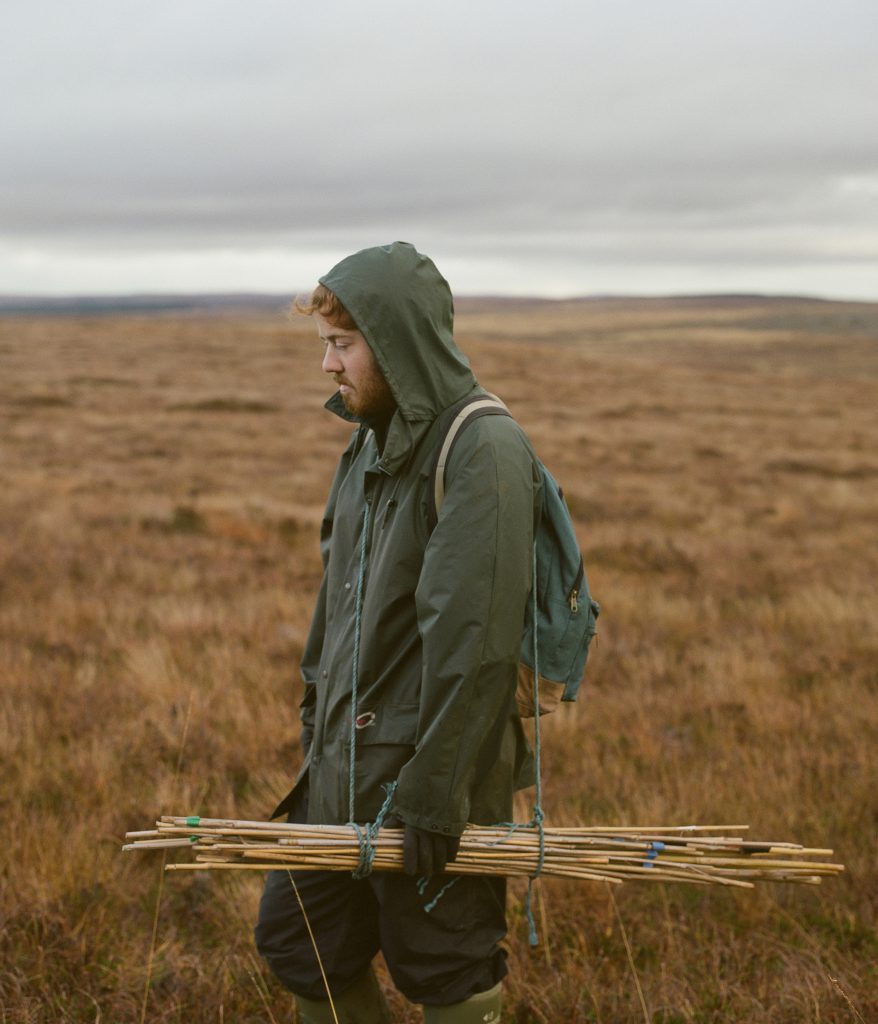 The Flows, Caithness and Sutherland, Scotland.
The Flows, Caithness and Sutherland, Scotland.
 Family in Demak Regency, Indonesia, in their flooded home
Family in Demak Regency, Indonesia, in their flooded home
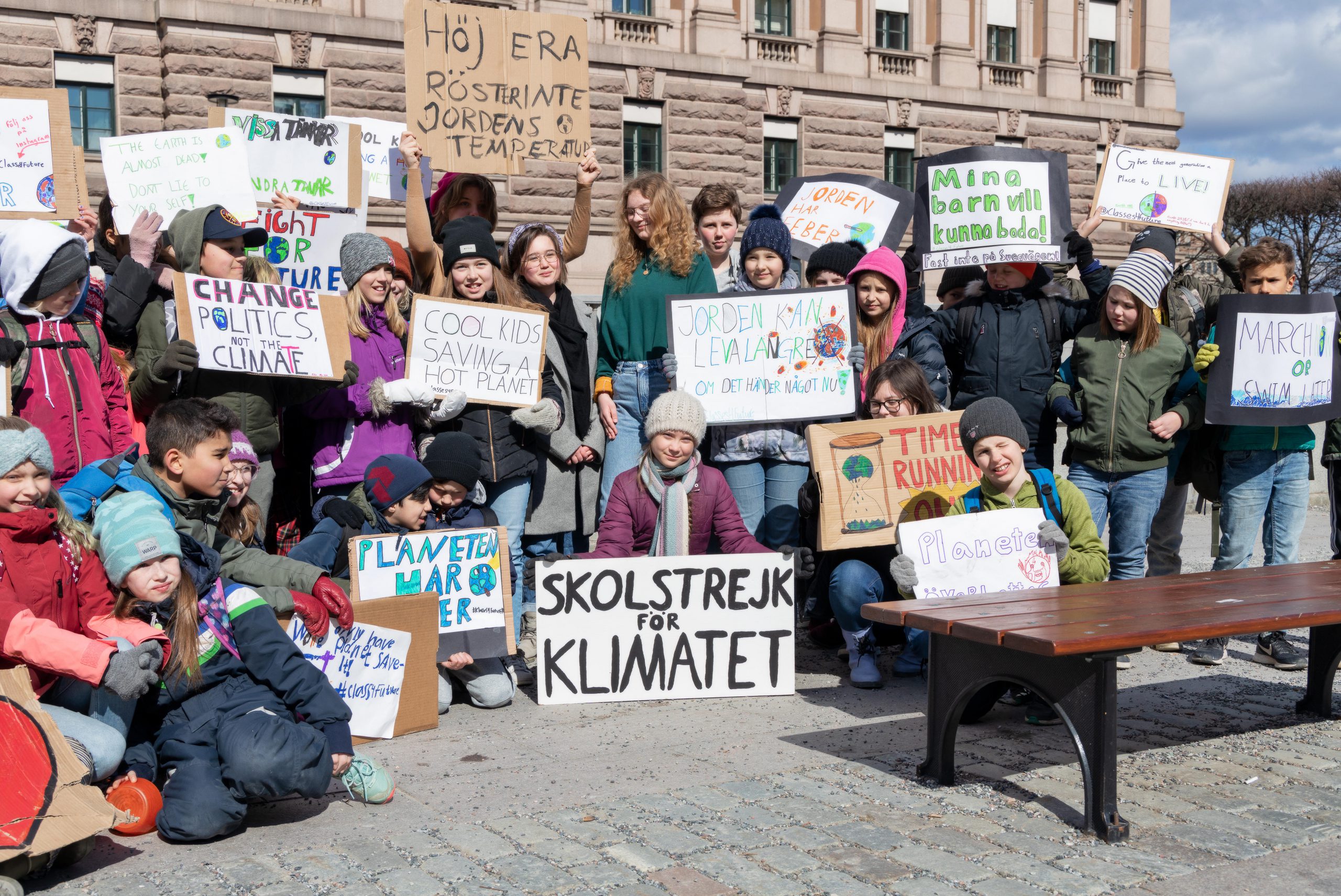
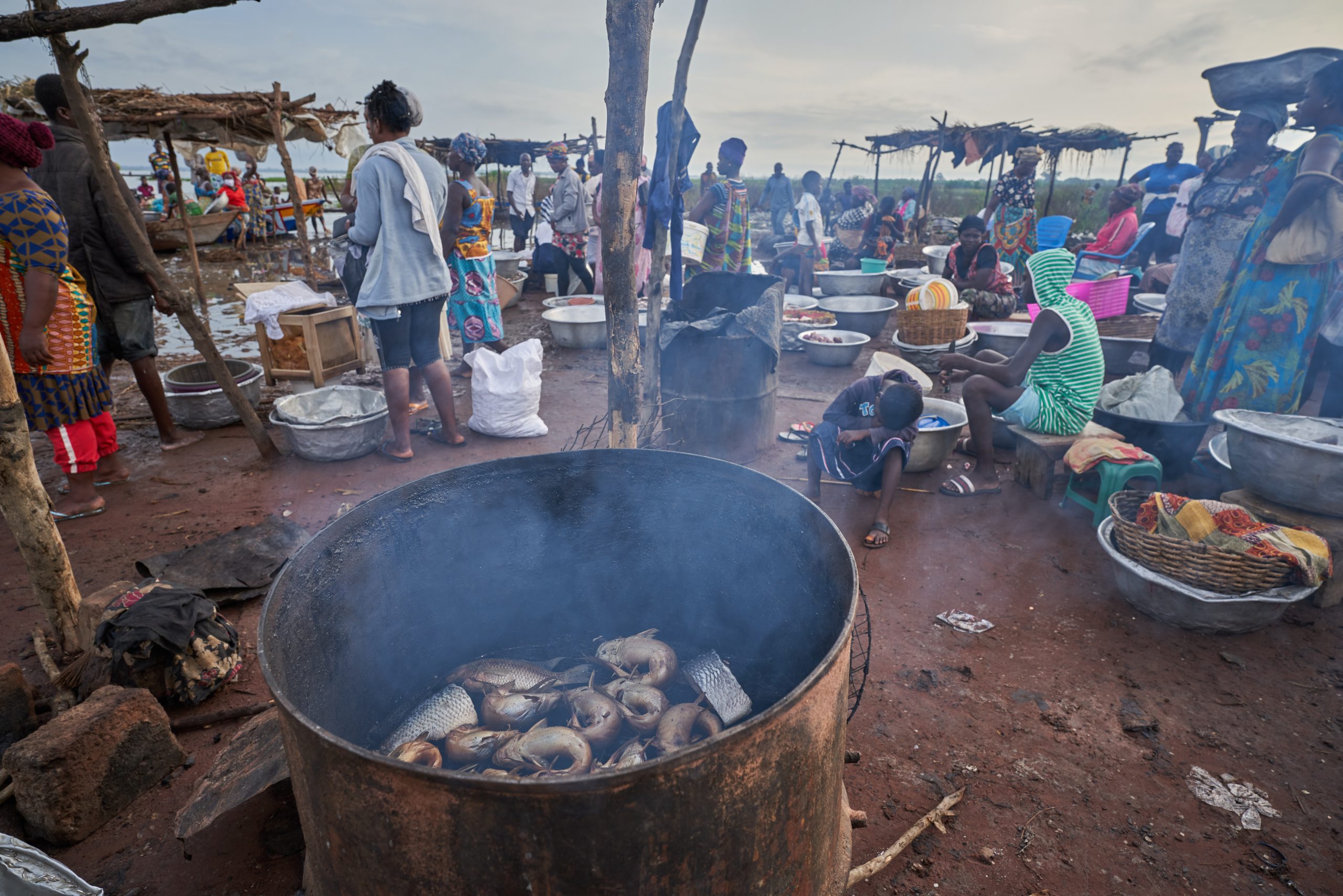
 16th July 2019, Kpatua, Ghana Oxfam built a solar powered pump in Kpatua to help over families become more resilient during dry seasons. Apart from community memberscoming to the pump twice a day, all year round, during the dry season, women use the water from the pump to farm vegetables for sale.
16th July 2019, Kpatua, Ghana Oxfam built a solar powered pump in Kpatua to help over families become more resilient during dry seasons. Apart from community memberscoming to the pump twice a day, all year round, during the dry season, women use the water from the pump to farm vegetables for sale.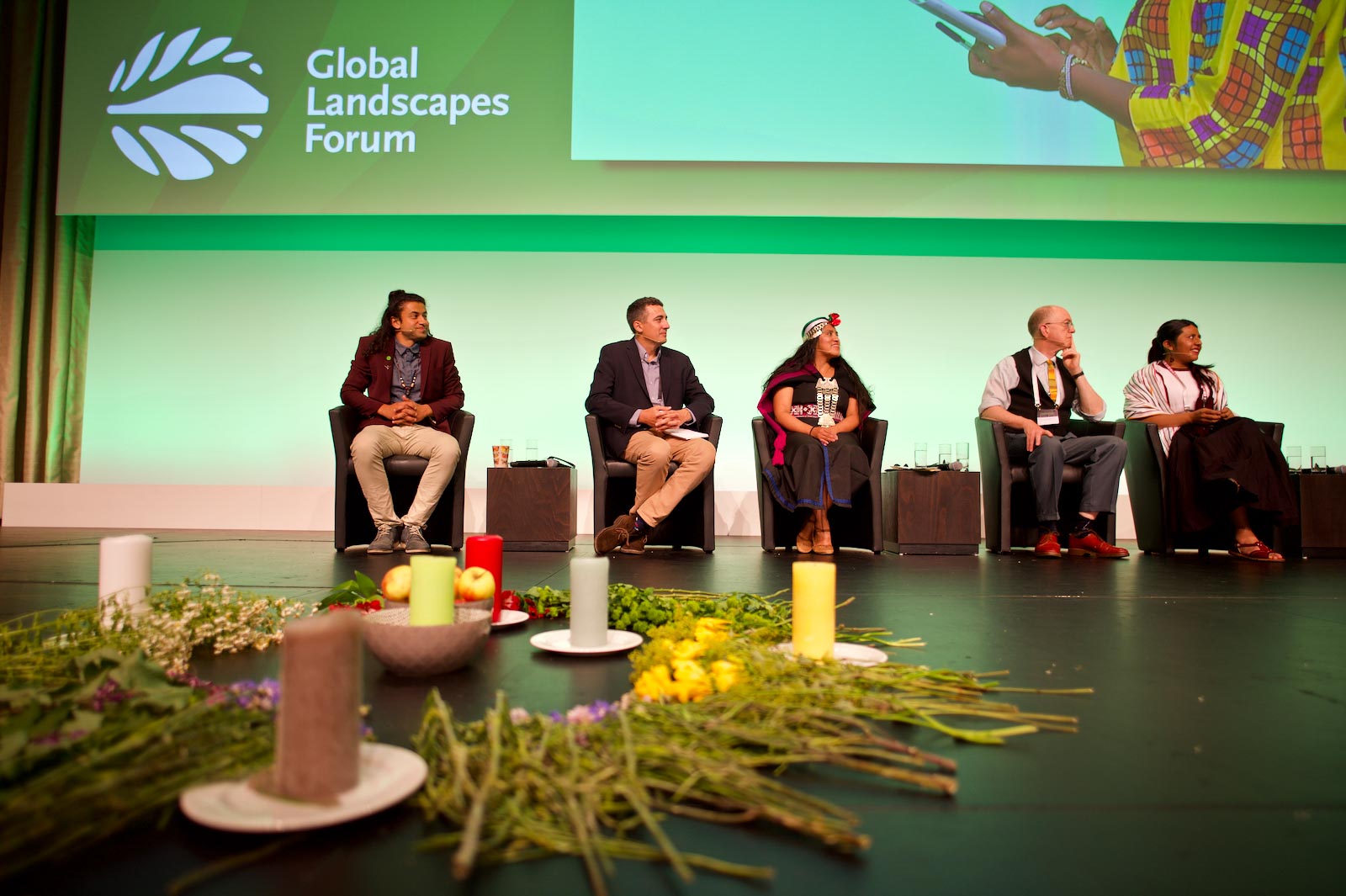


 Birmingham residents using free bikes provided by The Active Well-Being Society, 2017 UK Ashden Award for Clean Air in Towns and Cities.
Birmingham residents using free bikes provided by The Active Well-Being Society, 2017 UK Ashden Award for Clean Air in Towns and Cities. Solar panel installation. Renewable Energy 4 Devon – 2009 Ashden Award winners
Solar panel installation. Renewable Energy 4 Devon – 2009 Ashden Award winners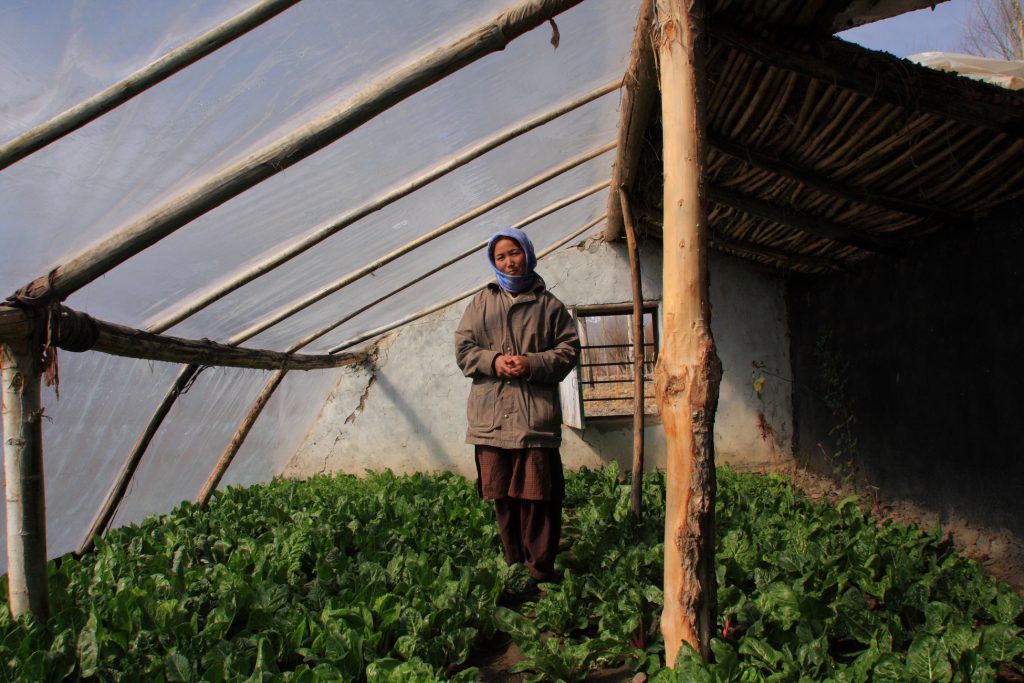 Woman stood next to her crops in her greenhouse. GERES NGO – 2009 Ashden Award winners.
Woman stood next to her crops in her greenhouse. GERES NGO – 2009 Ashden Award winners.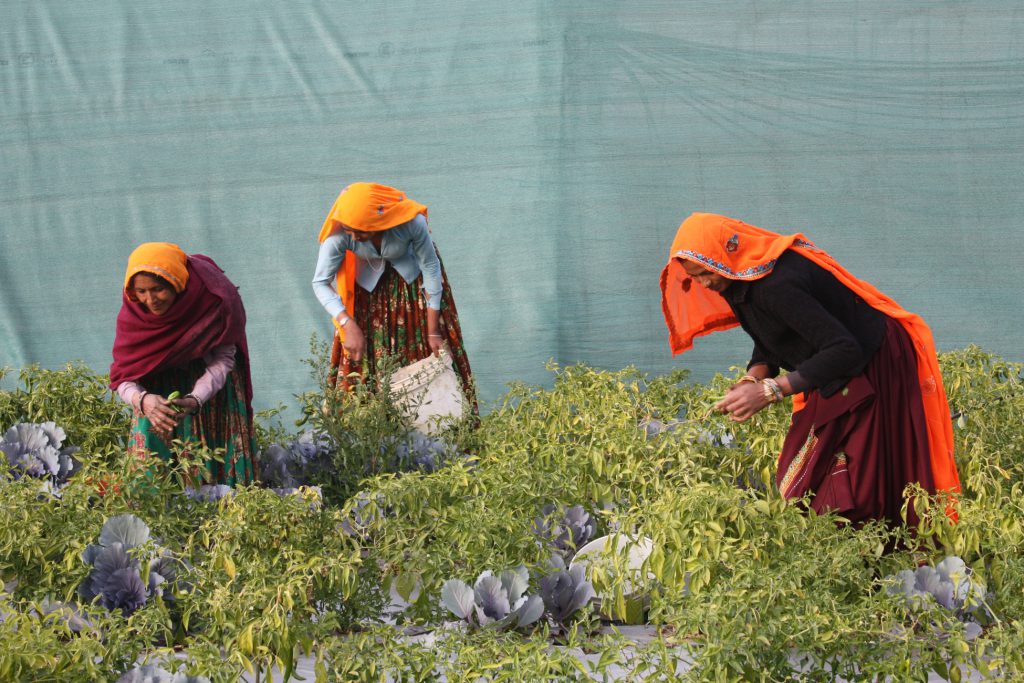 Women harvesting crops outside shaded nets. Rajastan Horticulture Development Society – 2014 Ashden Award nominees.
Women harvesting crops outside shaded nets. Rajastan Horticulture Development Society – 2014 Ashden Award nominees.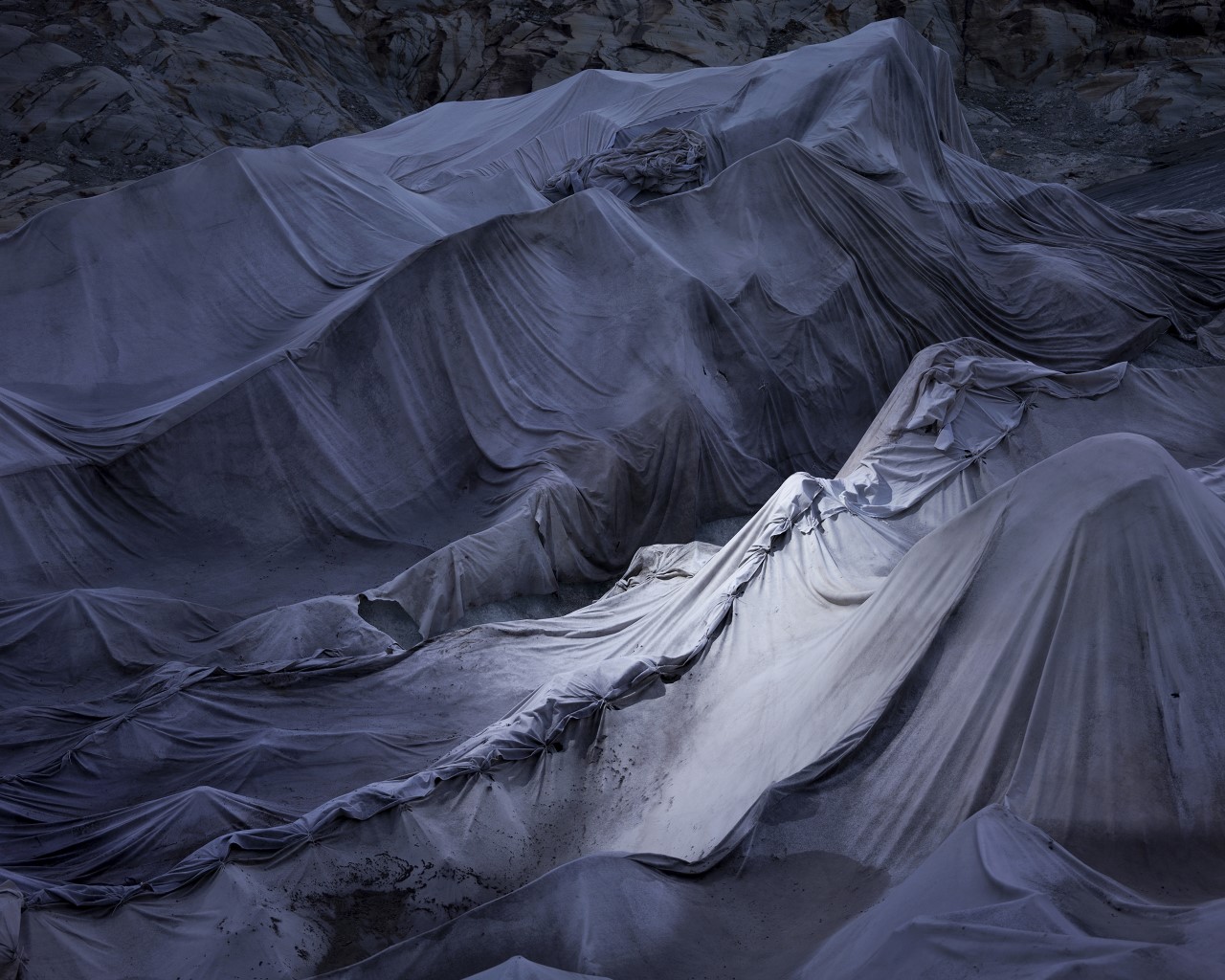
 Carbon Pigment Inkjet-Prints from 6 x 6 negatives, 2015. Triptych, 1/5. 112,5 x 337,5 cms. Exhibition view «Daniel Schwartz. Glacier Odyssey», 2018. Courtesy: Bündner Kunstmuseum, Chur, Switzerland, and Calle Services Management Ltd, Zurich.
Carbon Pigment Inkjet-Prints from 6 x 6 negatives, 2015. Triptych, 1/5. 112,5 x 337,5 cms. Exhibition view «Daniel Schwartz. Glacier Odyssey», 2018. Courtesy: Bündner Kunstmuseum, Chur, Switzerland, and Calle Services Management Ltd, Zurich.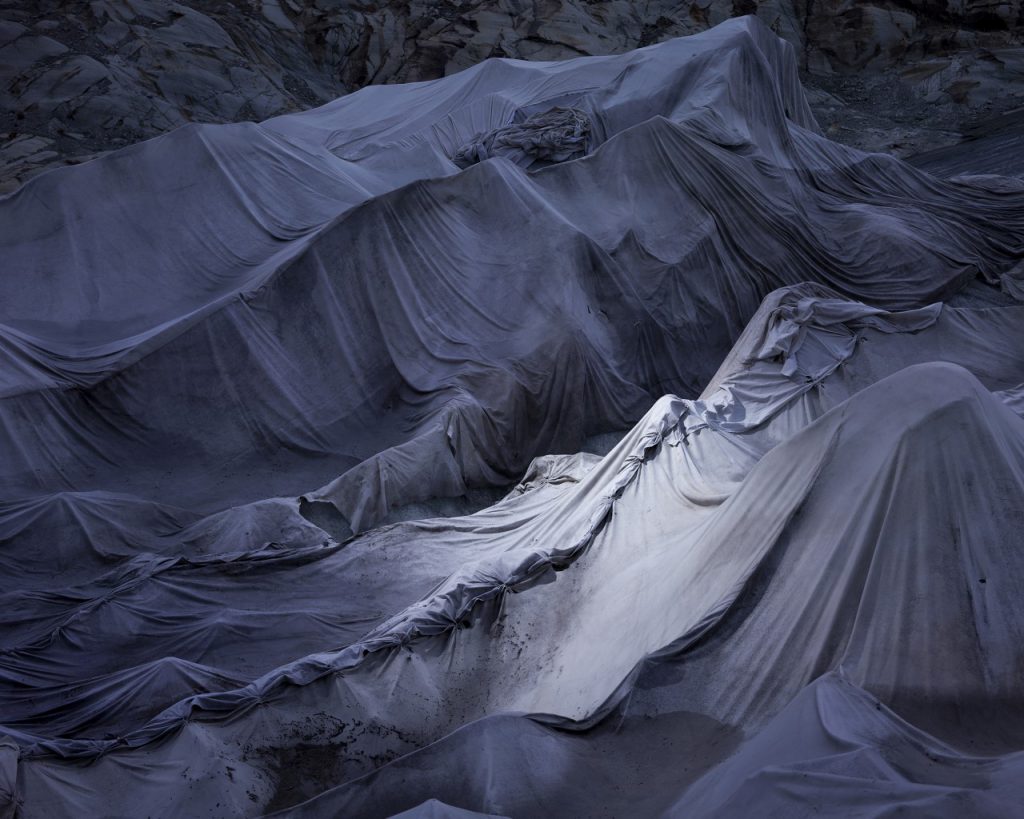 Photo credit: Simon Norfolk / Klaus Thymann. Shroud, 2018.
Photo credit: Simon Norfolk / Klaus Thymann. Shroud, 2018.
 A woman walks through a cactus field in a drought-stricken area of western Somaliland, a semi-autonomous region in the north of Somalia, on April 6, 2016.
A woman walks through a cactus field in a drought-stricken area of western Somaliland, a semi-autonomous region in the north of Somalia, on April 6, 2016.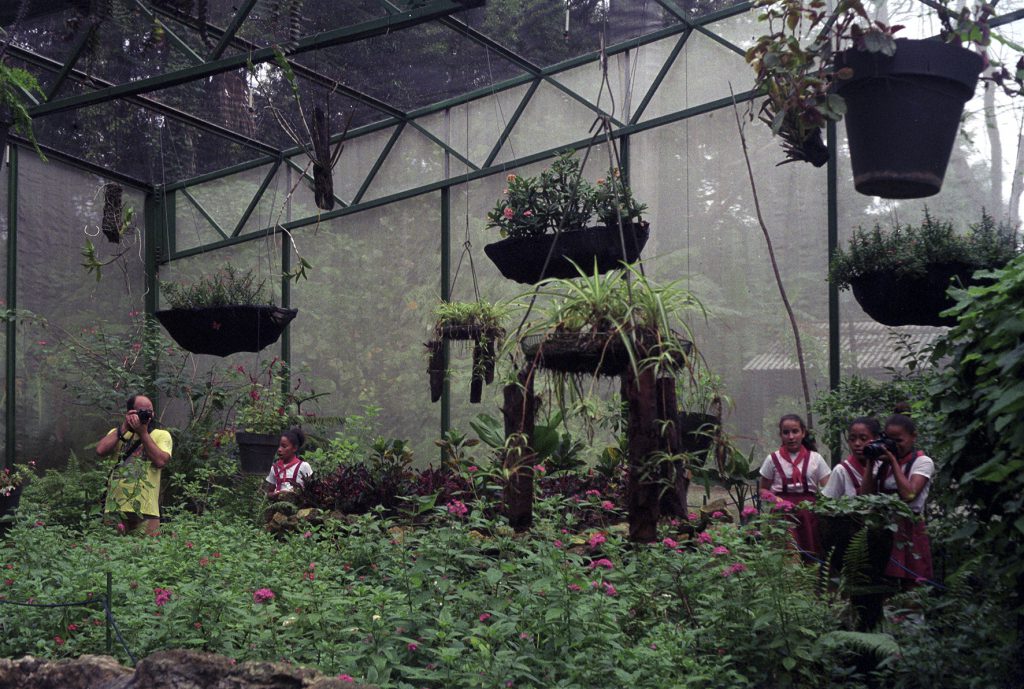


 Cristina Mittermeier, Mexico, conservation photographer, co-founder of Sea Legacy.
Cristina Mittermeier, Mexico, conservation photographer, co-founder of Sea Legacy. The Carbon Threat. Josiah Olemaun, a young whaler, takes a break from stacking whale meat in the family ice cellar in Utqiaġvik, Alaska, United States, on 29 April 2018. Thawing permafrost undermines house foundations, makes the landscape more difficult to navigate and causes ice cellars to flood and provisions to spoil.A single whale can feed a community for nearly a year, if the meat is properly stored.
The Carbon Threat. Josiah Olemaun, a young whaler, takes a break from stacking whale meat in the family ice cellar in Utqiaġvik, Alaska, United States, on 29 April 2018. Thawing permafrost undermines house foundations, makes the landscape more difficult to navigate and causes ice cellars to flood and provisions to spoil.A single whale can feed a community for nearly a year, if the meat is properly stored.
 Eric from Repowering sat next to the solar panels on top of the Bannister House estate. Repowering London – 2016 Ashden Award winners.
Eric from Repowering sat next to the solar panels on top of the Bannister House estate. Repowering London – 2016 Ashden Award winners. Barry Aliman, 24 years old, bicycles with her baby to fetch water for her family, Sorobouly village near Boromo, Burkina Faso.
Barry Aliman, 24 years old, bicycles with her baby to fetch water for her family, Sorobouly village near Boromo, Burkina Faso. Workers using new spinning wheels to make silk. Resham Sutra – 2019 Ashden Award winners.
Workers using new spinning wheels to make silk. Resham Sutra – 2019 Ashden Award winners.
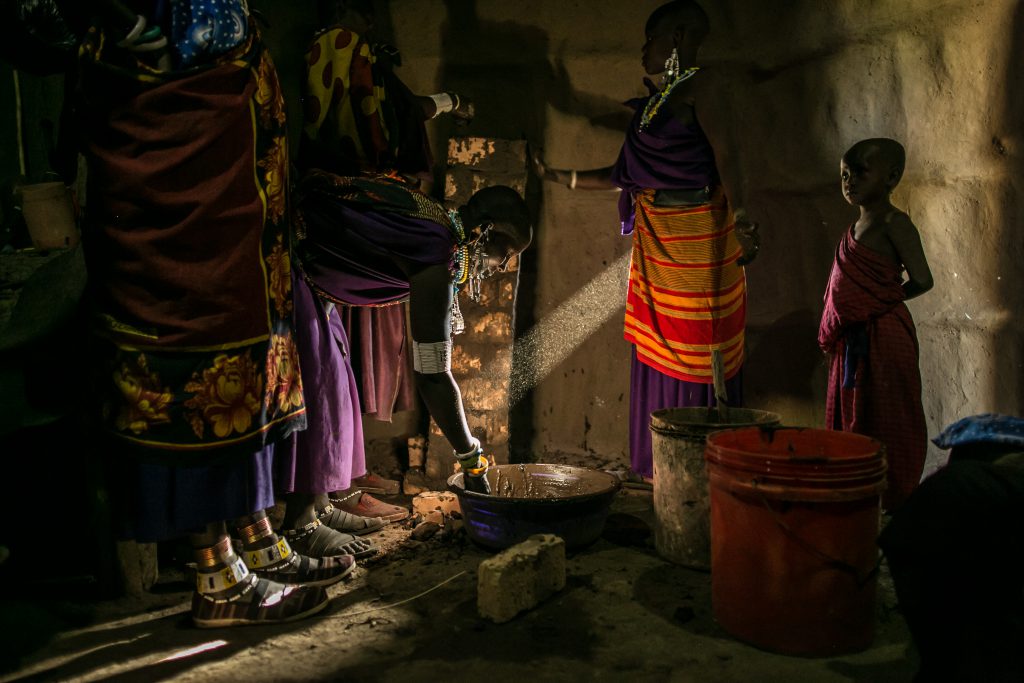 The solar power is providing water purification, refrigerator for food and medicines, a computer for the community, and lights to frighten away the hyenas.
The solar power is providing water purification, refrigerator for food and medicines, a computer for the community, and lights to frighten away the hyenas.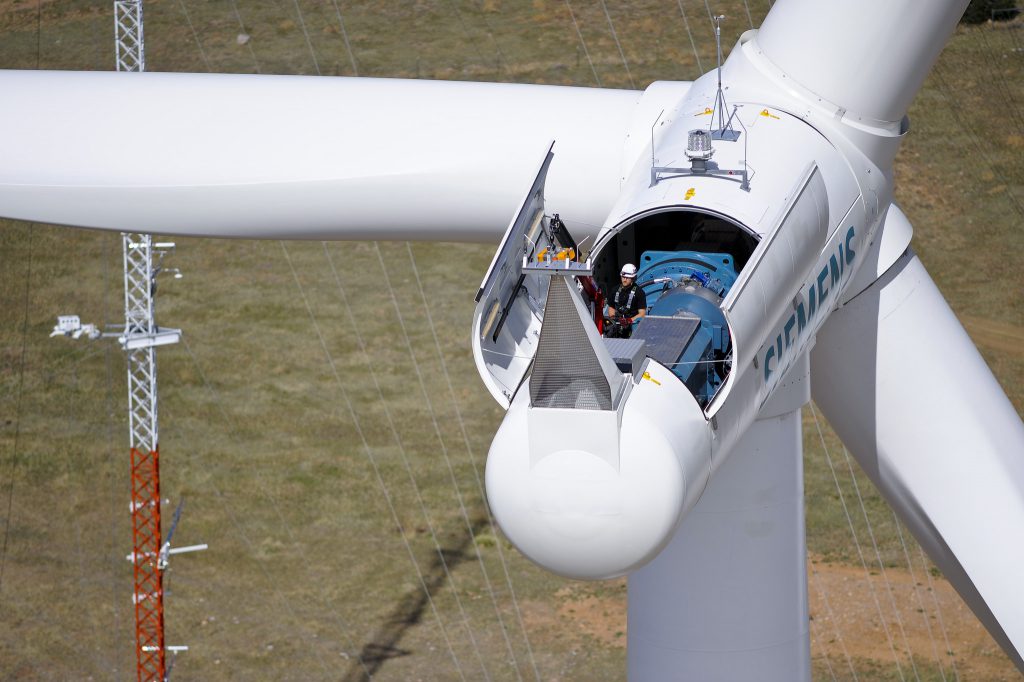 A technician makes adjustments to a wind turbine at the National Wind Technology Center in Boulder, Colorado. Technological climate solutions can lack emotion but revealing boththe engineering scale, human endeavour and dramatic interactions between them willresonate with a broader audience.
A technician makes adjustments to a wind turbine at the National Wind Technology Center in Boulder, Colorado. Technological climate solutions can lack emotion but revealing boththe engineering scale, human endeavour and dramatic interactions between them willresonate with a broader audience.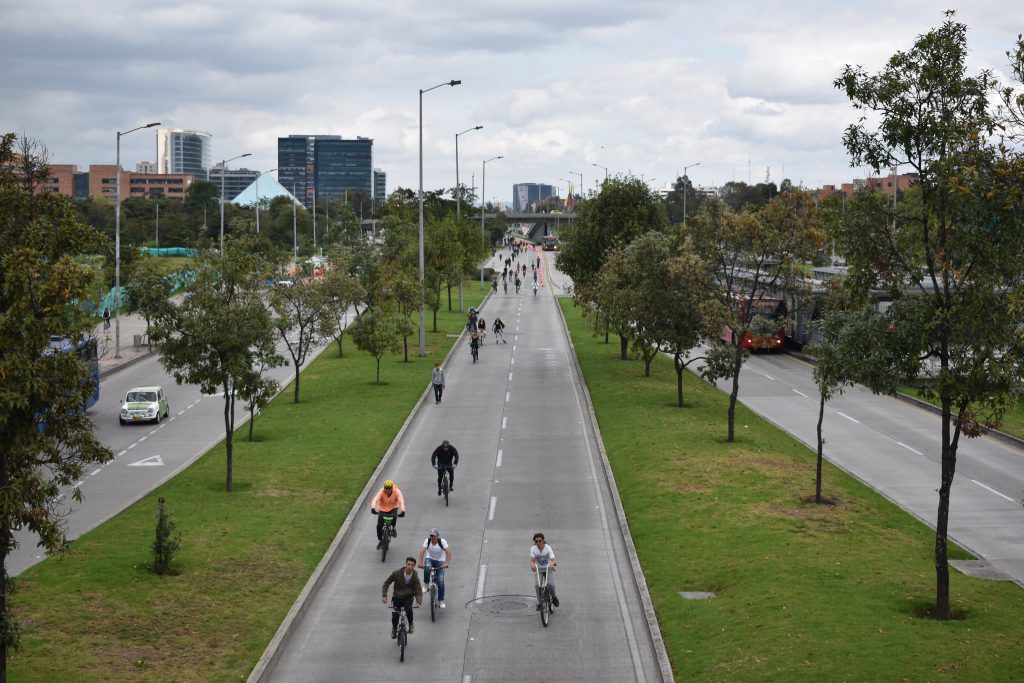 Every Sunday, in Bogota, main roads are closed to vehicles. Cycling is an obvious, aspirational solution with multiple climate and societal benefits but should be used to illustrate stories correctly and not over-used as a lazy metaphor for sustainability at large.
Every Sunday, in Bogota, main roads are closed to vehicles. Cycling is an obvious, aspirational solution with multiple climate and societal benefits but should be used to illustrate stories correctly and not over-used as a lazy metaphor for sustainability at large. Afghan technicians are finishing installation and testing of the solar array. Local voices and photographers intuned with the culture and values of their subjects will generate more intimate images with integrity whilst being able to access closer and stay longer with a story.
Afghan technicians are finishing installation and testing of the solar array. Local voices and photographers intuned with the culture and values of their subjects will generate more intimate images with integrity whilst being able to access closer and stay longer with a story. The GEF Blue Forest project`s aim was to improve understanding of the valuable ecosystem services that coastal blue carbon ecosystems provide. Restoring diverse types of habitat, as a climate solution, has a multitude of stages that depend on work and collaboration between scientists and land-owners,all of which provide multiple opportunities for photography beyond the cliche of planting itself.
The GEF Blue Forest project`s aim was to improve understanding of the valuable ecosystem services that coastal blue carbon ecosystems provide. Restoring diverse types of habitat, as a climate solution, has a multitude of stages that depend on work and collaboration between scientists and land-owners,all of which provide multiple opportunities for photography beyond the cliche of planting itself.
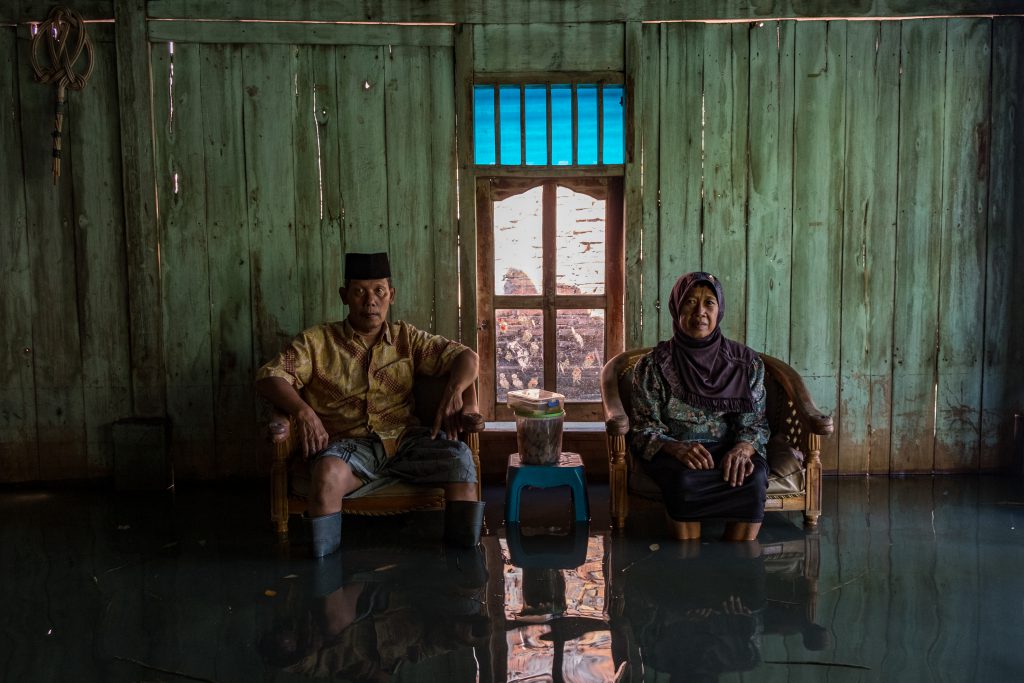 Abdul Muid (60) and his wife Muniah (55) pose inside their flooded home due to rising sea levels. Abdul and his family have been living in this house, and living with the floods for about ten years. He doesn’t have the money to move to another house, further away from the sea.
Abdul Muid (60) and his wife Muniah (55) pose inside their flooded home due to rising sea levels. Abdul and his family have been living in this house, and living with the floods for about ten years. He doesn’t have the money to move to another house, further away from the sea.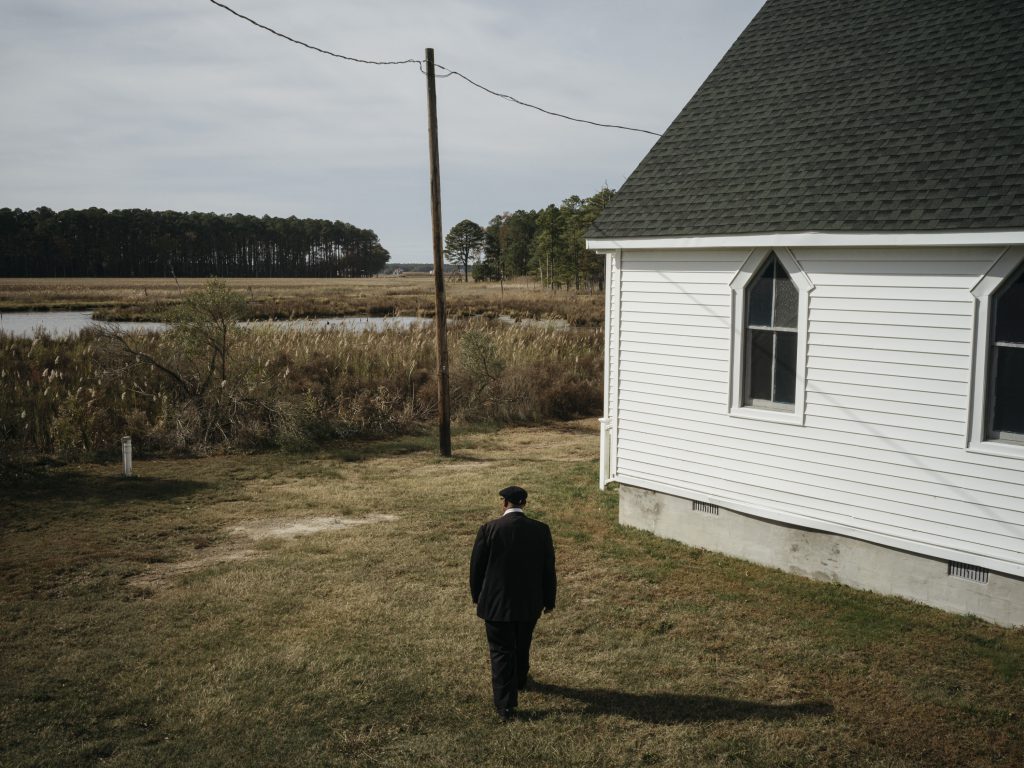 Douglas walks to the rear entrance of New Revived United Methodist Church in Taylor’s Island, Md. Decades ago, the church sat in front of forest, now visible open water and marsh come right to the back side of the historic church.
Douglas walks to the rear entrance of New Revived United Methodist Church in Taylor’s Island, Md. Decades ago, the church sat in front of forest, now visible open water and marsh come right to the back side of the historic church. Sutarti (33) takes a peek into her refrigerator in the kitchen of her flooded home due to rising sea levels. She has not enough money to move to a safe place.
Sutarti (33) takes a peek into her refrigerator in the kitchen of her flooded home due to rising sea levels. She has not enough money to move to a safe place. Phil Jackson, a longtime muskrat trapper, heads out to set traps in Blackwater National Wildlife Refuge in Feb. 19, 2014. Jackson says the number of muskrats have declined since the salinity of the water in Blackwater has climbed, a result of sea level rise. Scientists predict this area will be underwater in about 50 years.
Phil Jackson, a longtime muskrat trapper, heads out to set traps in Blackwater National Wildlife Refuge in Feb. 19, 2014. Jackson says the number of muskrats have declined since the salinity of the water in Blackwater has climbed, a result of sea level rise. Scientists predict this area will be underwater in about 50 years.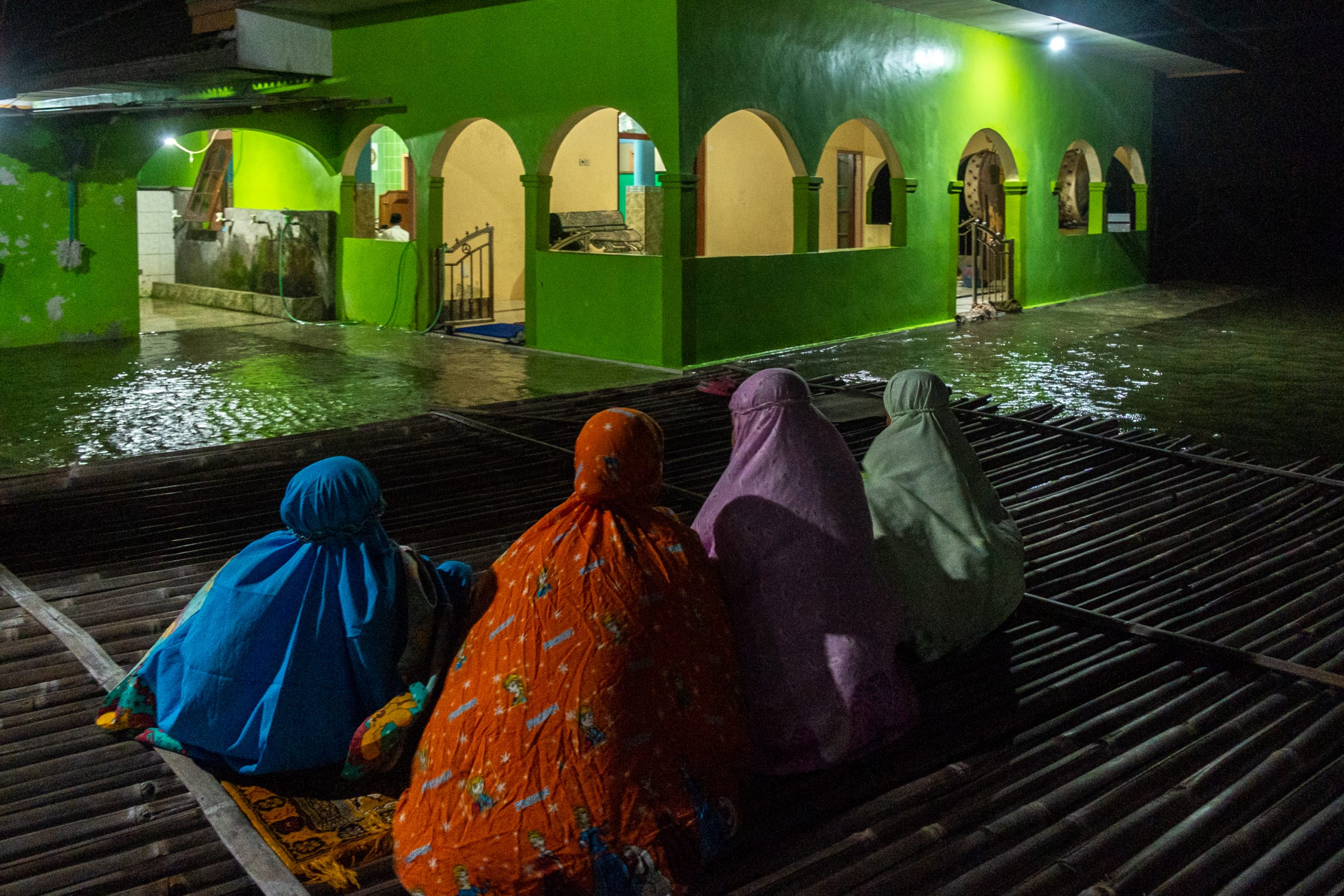
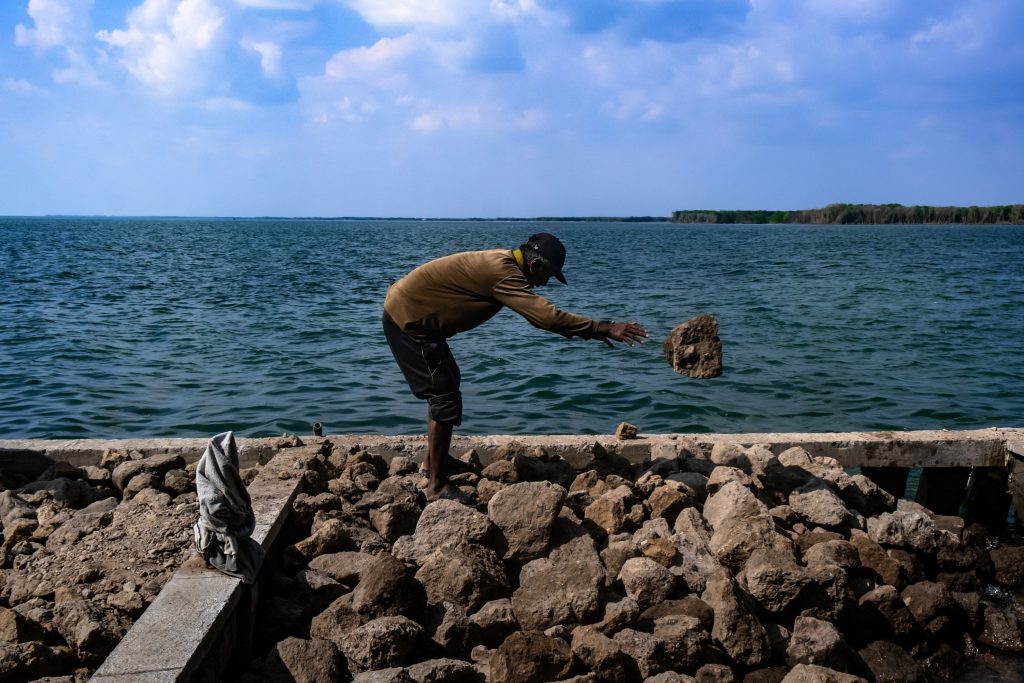 A villager throws rocks to fill the foundation for his new house in an effort to elevate it and mitigate the threat of the rising sea. Local residents will spend around 5 to 10 Million rupiahs in a year to elevate their homes and protect it from flooding.
A villager throws rocks to fill the foundation for his new house in an effort to elevate it and mitigate the threat of the rising sea. Local residents will spend around 5 to 10 Million rupiahs in a year to elevate their homes and protect it from flooding. Villagers performing maintenance work on the so called ‘Low Threshold Breakwater Technology’ construction. It was built by the Ministry of Public Works and Public Housing to slow down the pace of the rising sea impacting their village. Various efforts dealing with the abrasion due to the rising sea have been carried out by a number of environmental organizations and the government. But, land subsidence accompanied by rising sea levels hits double hard and continues to threaten thousands of residents.
Villagers performing maintenance work on the so called ‘Low Threshold Breakwater Technology’ construction. It was built by the Ministry of Public Works and Public Housing to slow down the pace of the rising sea impacting their village. Various efforts dealing with the abrasion due to the rising sea have been carried out by a number of environmental organizations and the government. But, land subsidence accompanied by rising sea levels hits double hard and continues to threaten thousands of residents. A woman praying Maghrib Salat on her bed in the evening, inside her home that is flooded due to rising sea levels.
A woman praying Maghrib Salat on her bed in the evening, inside her home that is flooded due to rising sea levels.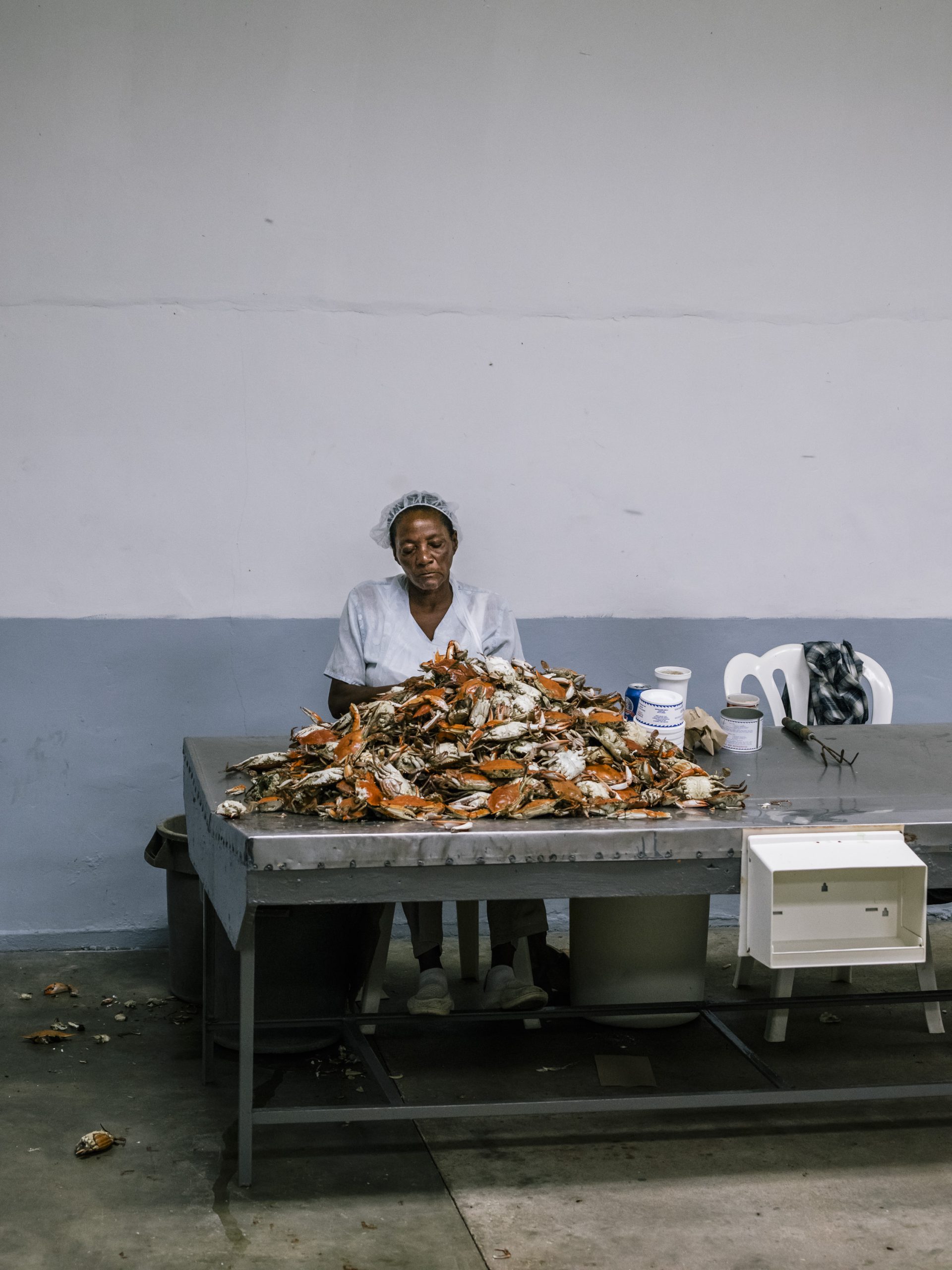
 A church on Hoopers Island has waves from the Chesapeake lapping up against the back side of the building during high tide. Every year the water gets a little closer and there are few places left to move.
A church on Hoopers Island has waves from the Chesapeake lapping up against the back side of the building during high tide. Every year the water gets a little closer and there are few places left to move. Lacolia Alford watches disaster assessment officials check for leaks on her roof from her bedroom window in Crisfield, Maryland. Her home suffered major damage from water after Hurricane Sandy and almost a year later,still needs $7,000 in repairs to the roof and foundation of the house.
Lacolia Alford watches disaster assessment officials check for leaks on her roof from her bedroom window in Crisfield, Maryland. Her home suffered major damage from water after Hurricane Sandy and almost a year later,still needs $7,000 in repairs to the roof and foundation of the house. Waterman Aaron Powley hauls in a net in Fishing Creek, Md., just north of Hoopersville. Young watermen are becoming more of a rarity. Some try to continue the family business, which can date more than six generations, saying they don’t want to be the one to break the tradition.
Waterman Aaron Powley hauls in a net in Fishing Creek, Md., just north of Hoopersville. Young watermen are becoming more of a rarity. Some try to continue the family business, which can date more than six generations, saying they don’t want to be the one to break the tradition.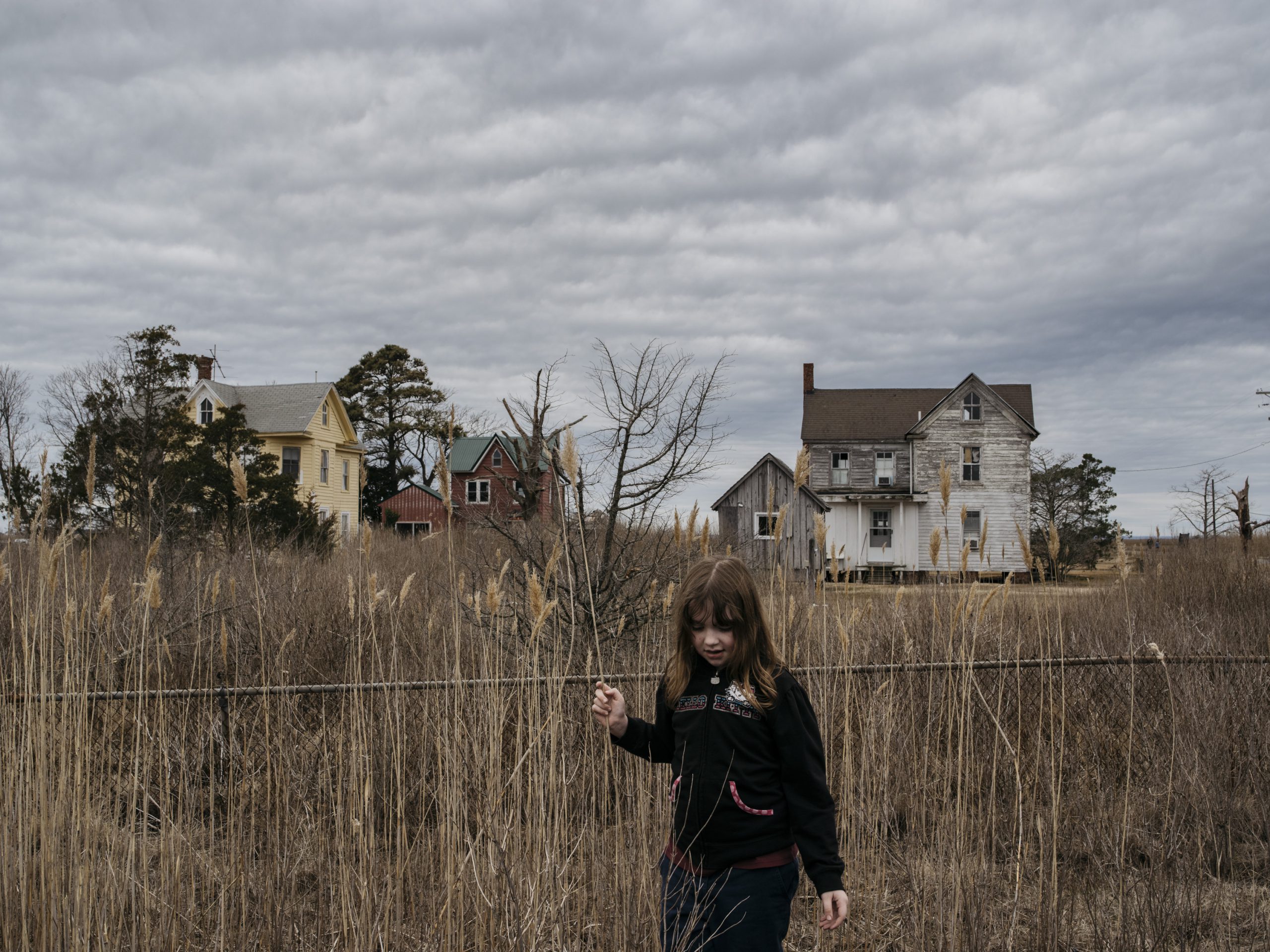
 Syakir (26) is watching TV inside his flooded home due to rising sea levels. Local villagers learn to survive even though their lives are threatened by rising sea levels.
Syakir (26) is watching TV inside his flooded home due to rising sea levels. Local villagers learn to survive even though their lives are threatened by rising sea levels. Don Wharton, of Crisfield takes a smoke break while shucking oysters at MeTompkin Seafood in Crisfield, Md. Wharton, who has been shucking oysters for 31 years, said he used to make about $210 per day, but now only earns $80 for putting in the same amount of work.
Don Wharton, of Crisfield takes a smoke break while shucking oysters at MeTompkin Seafood in Crisfield, Md. Wharton, who has been shucking oysters for 31 years, said he used to make about $210 per day, but now only earns $80 for putting in the same amount of work. Luther Cornish, 84, sits in his living room across the street from New Revival Methodist Church in Madison, Md.The historic church is now threatened by sea level rise, and the older members aren’t sure it will survive much past their lifetime.
Luther Cornish, 84, sits in his living room across the street from New Revival Methodist Church in Madison, Md.The historic church is now threatened by sea level rise, and the older members aren’t sure it will survive much past their lifetime.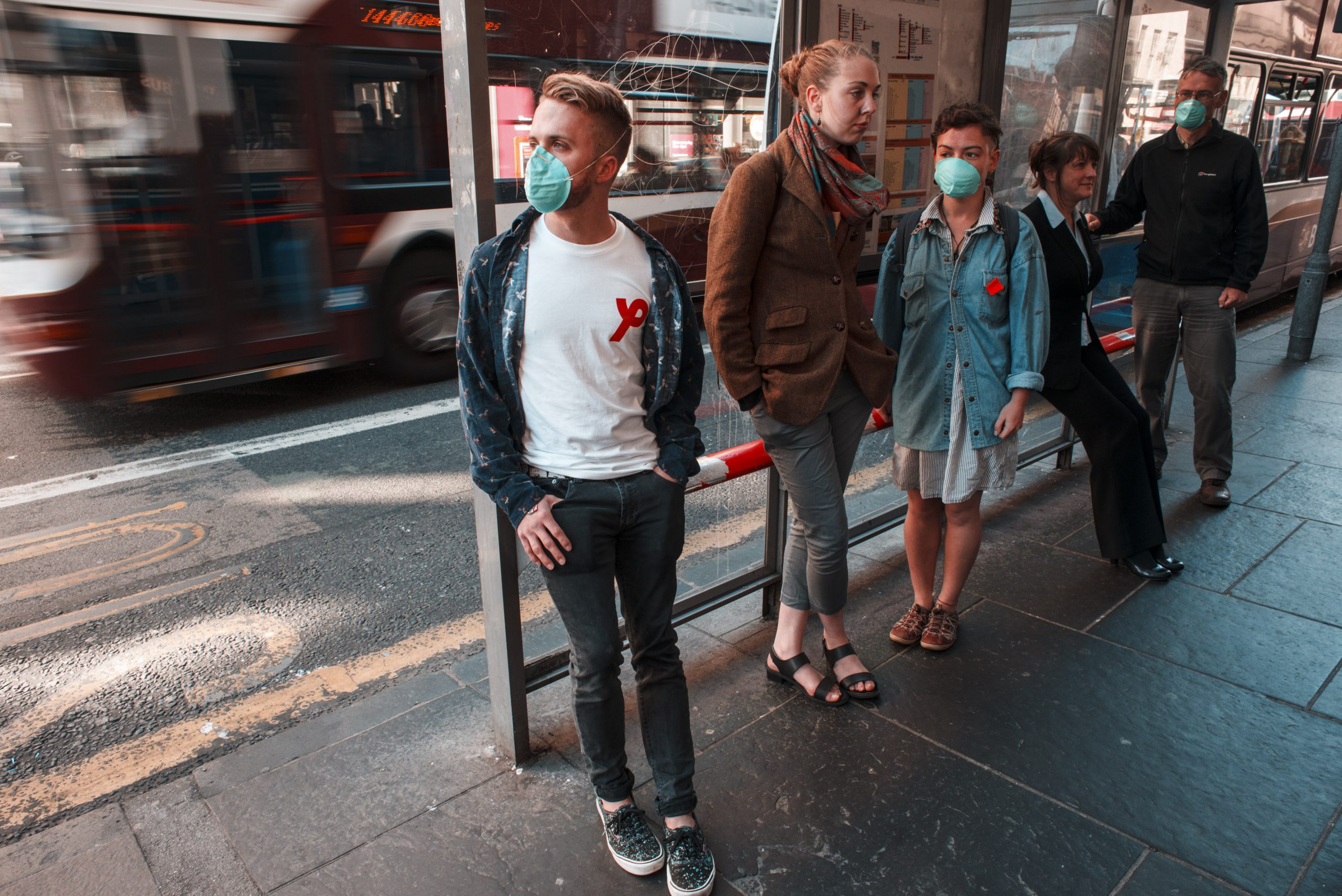
 “Vertical Garden”
“Vertical Garden”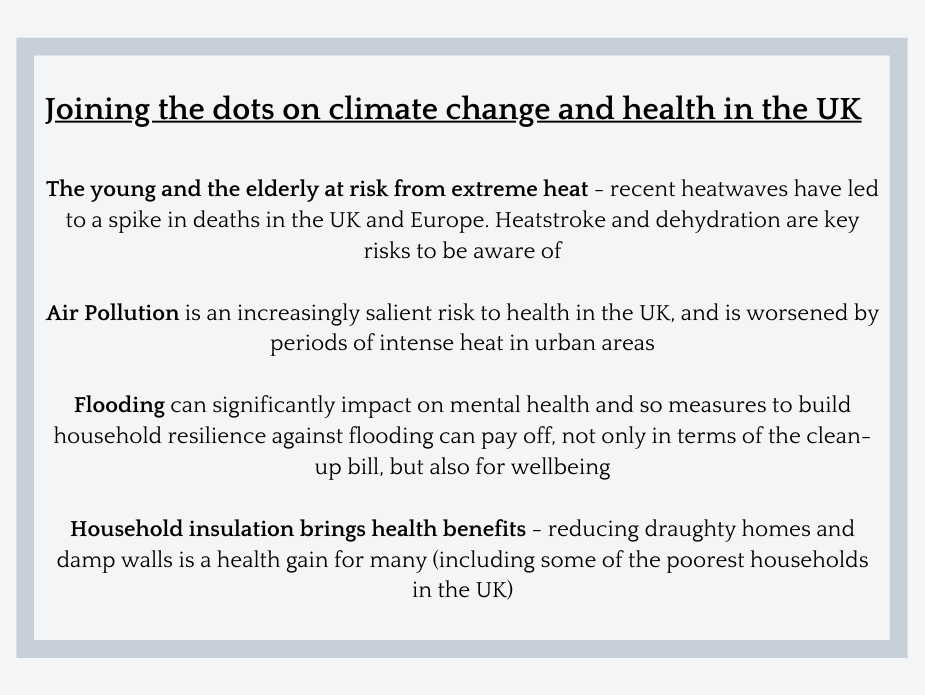
 Climate Visuals 7 core principles:
Climate Visuals 7 core principles: 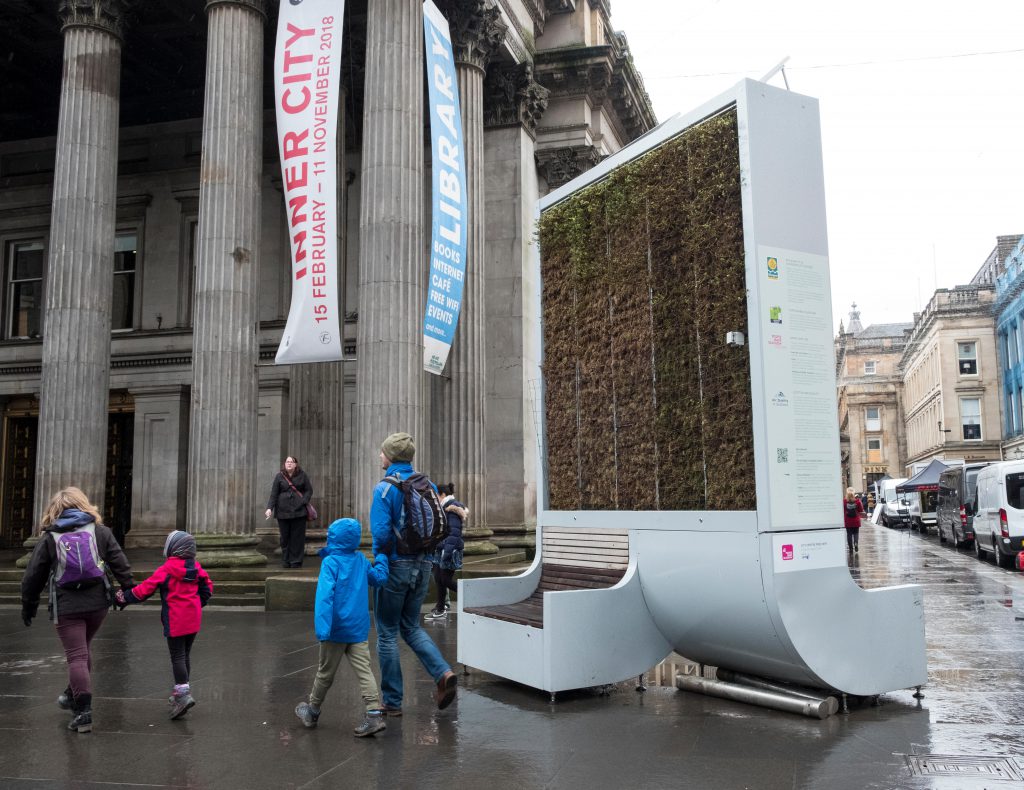 “Air Purifying Machine, Glasgow”
“Air Purifying Machine, Glasgow” Adapted from:
Adapted from: 
 “Walking in City Smog”
“Walking in City Smog”

